Peter Kell VSL 2.1 to 2.5
Peter Kell VSL 2.1 to 2.5 - Part 1
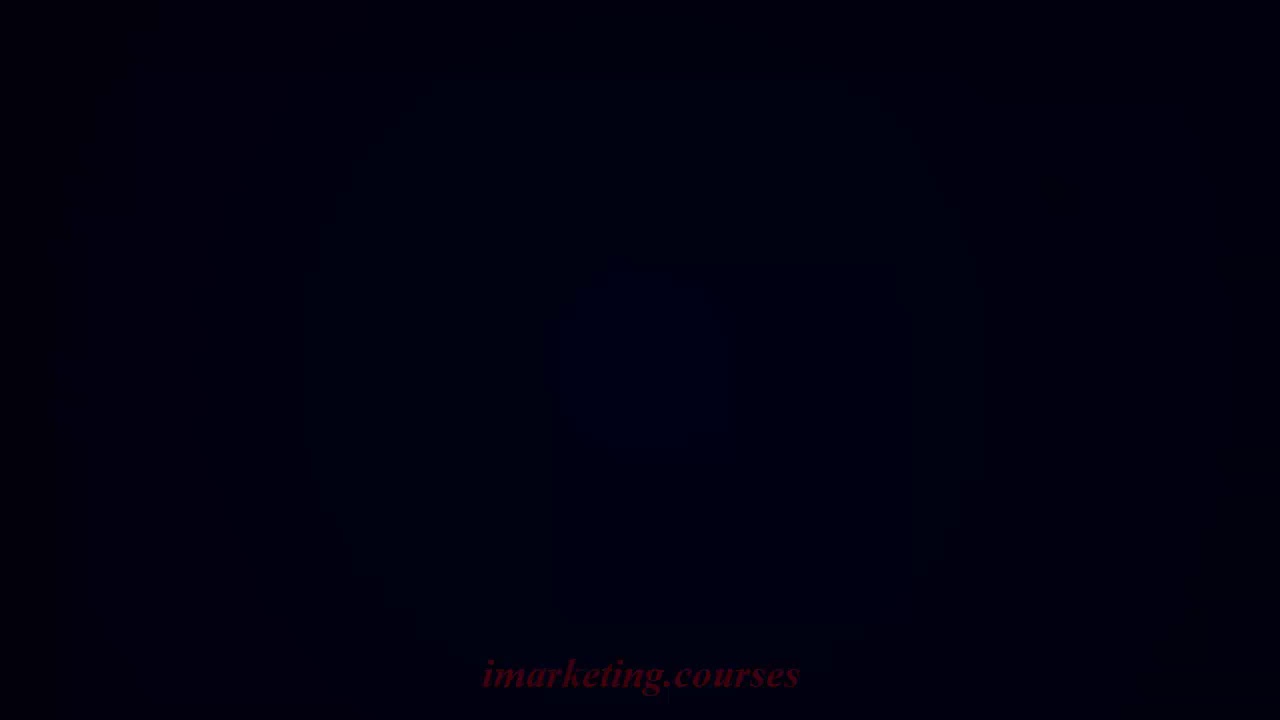
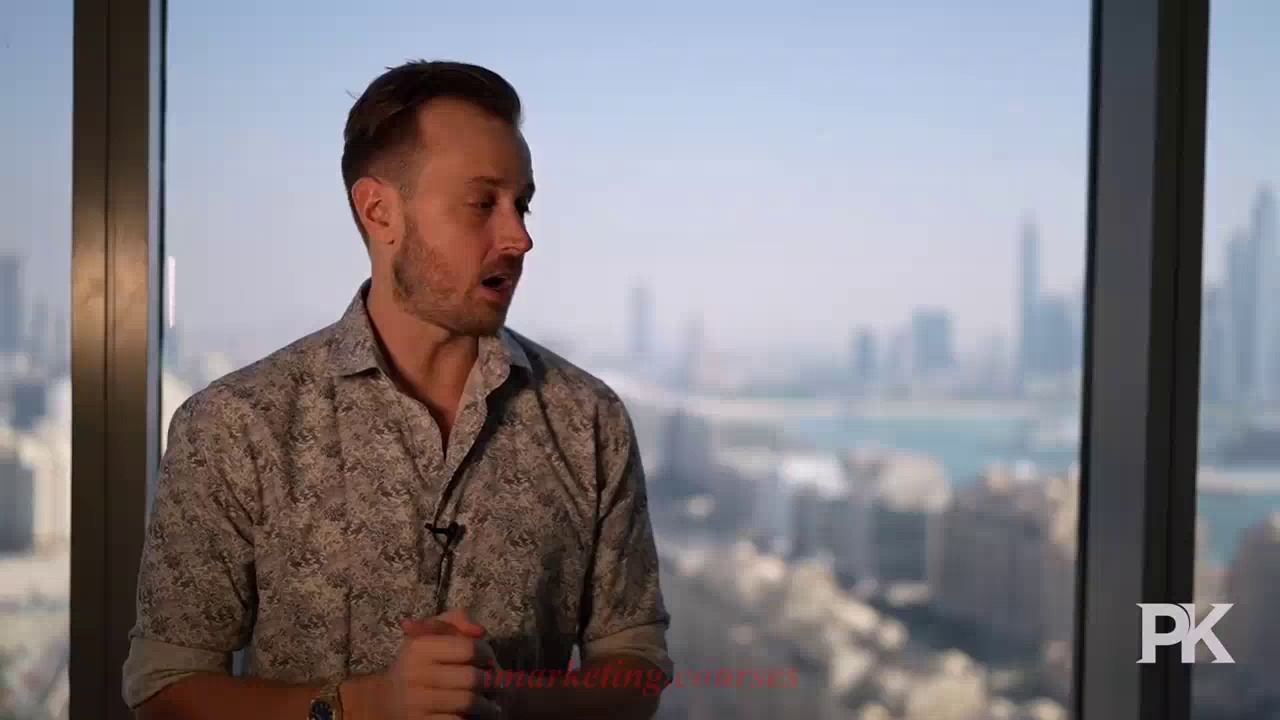
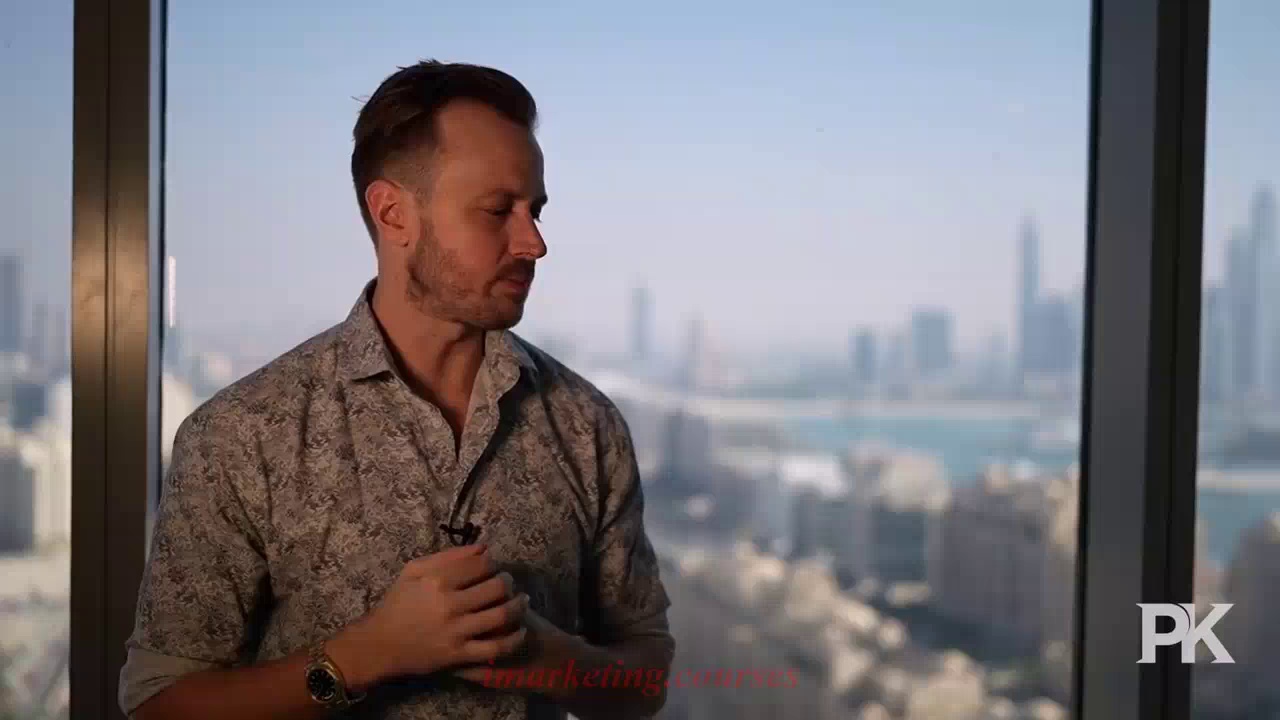
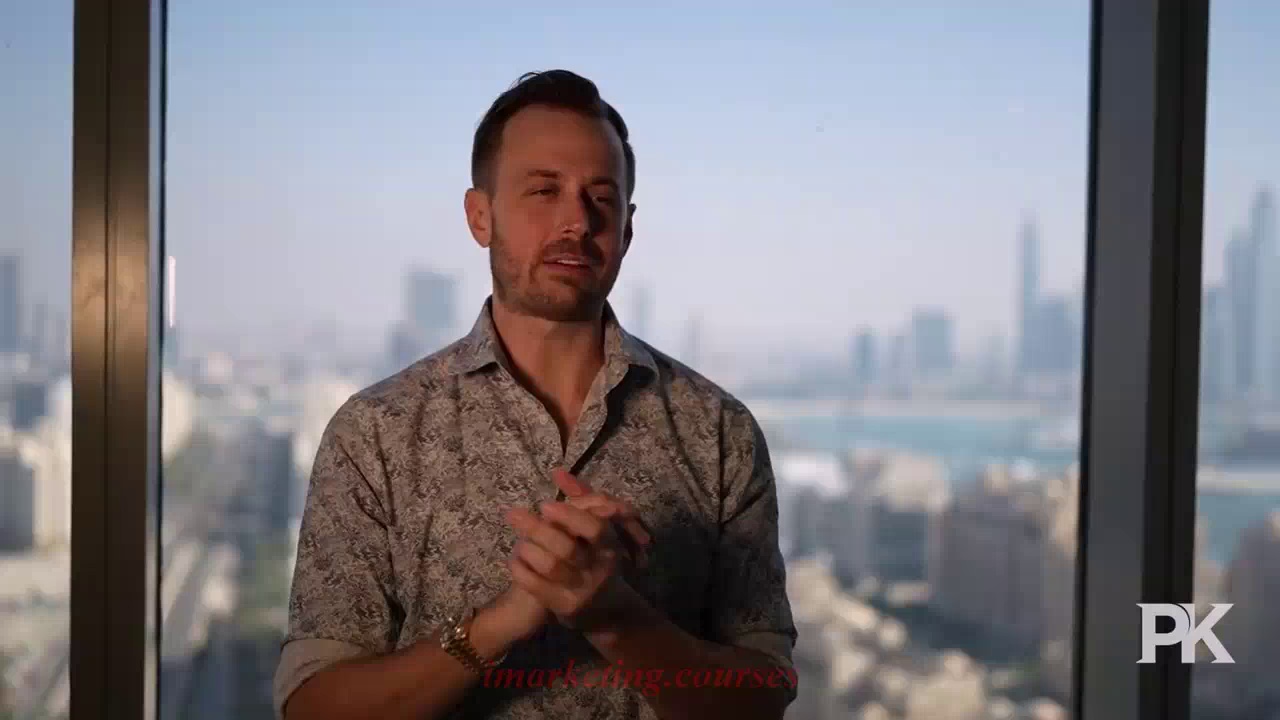
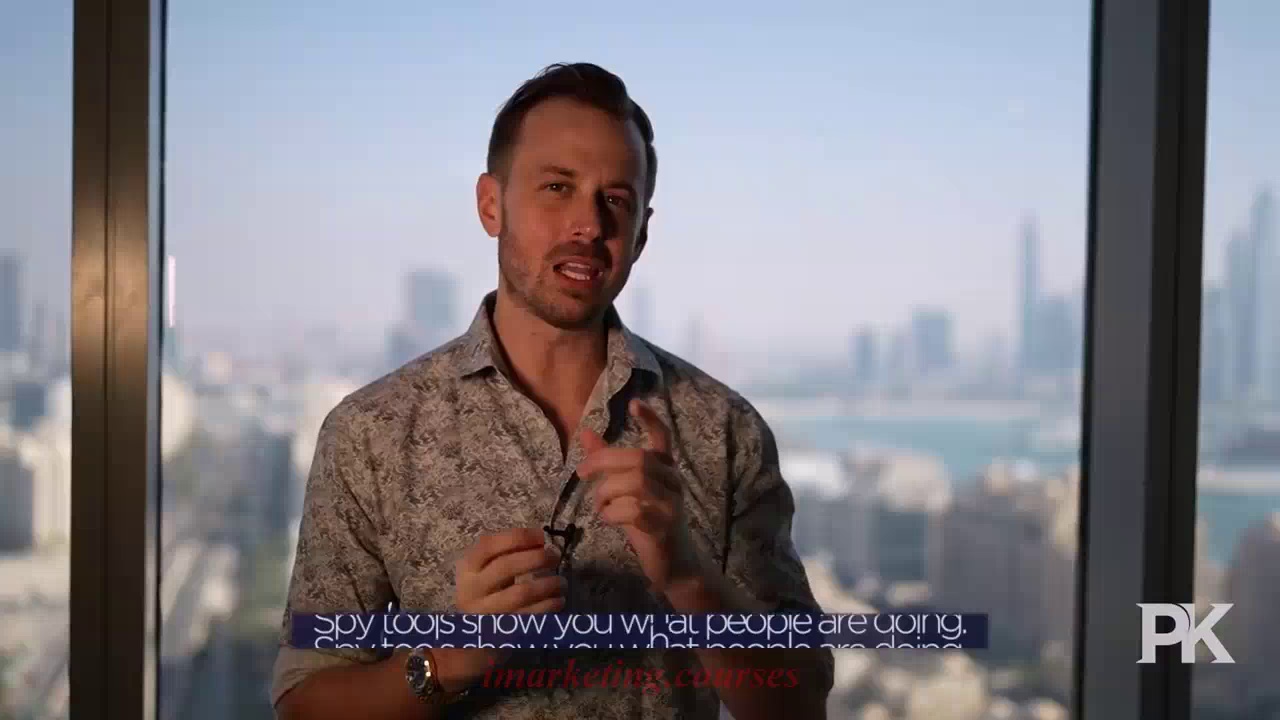
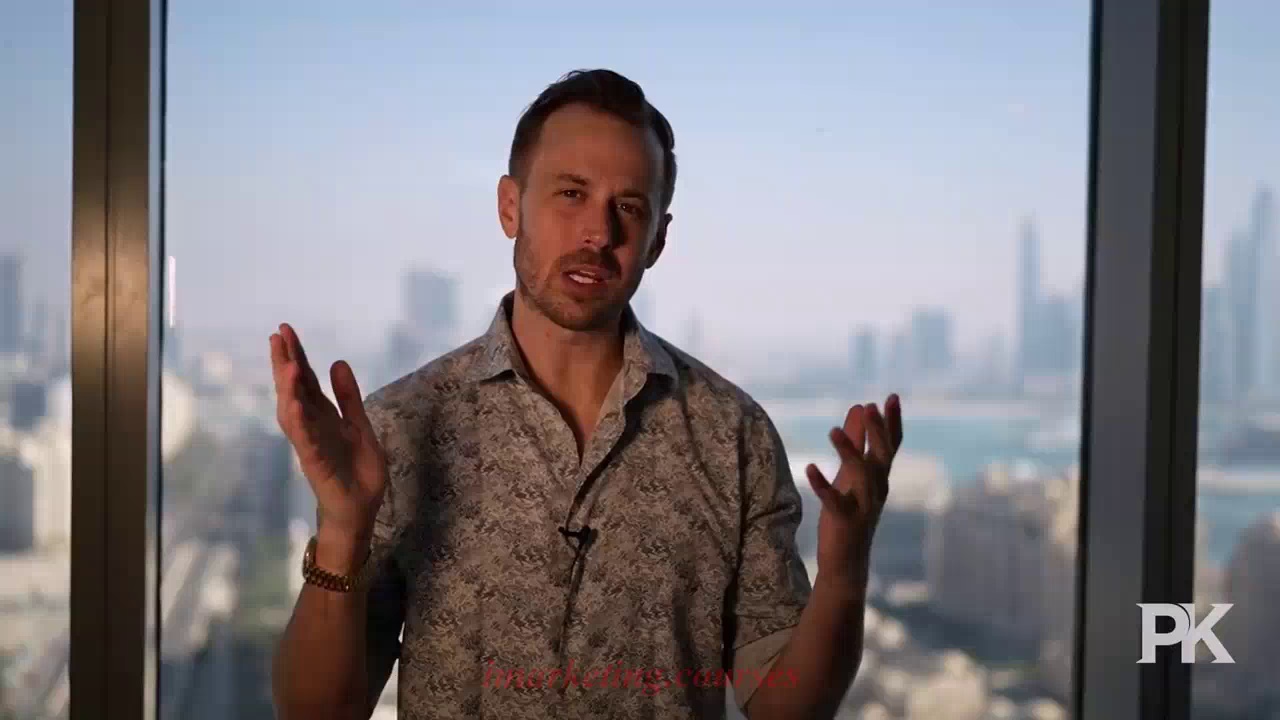
The narrator initially failed in business because he didn't know how to effectively market. When he got an affiliate marketing job, he continued to lose money on ads until his boss called a successful affiliate marketer who shared a profitable campaign.
By copying the winning campaign, the narrator immediately started making $100 per day in profit. He realized that rather than reinventing the wheel, he could shortcut success by studying and copying profitable campaigns that were already working through using spy tools.
The narrator joined an ad buying mastermind group and learned from a mentor how to profitably run Facebook ads. By continuing to model what successful marketers were doing, he was making great money until policy changes on Facebook limited supplement ads.
With no proven ecommerce campaigns to model at that point, the narrator faced his first real challenge. This experience taught him that finding and copying winning formulas is the strategy that enabled his success, rather than needing to be an expert in every aspect of marketing.
.Peter Kell VSL 2.1 to 2.5 - Part 2






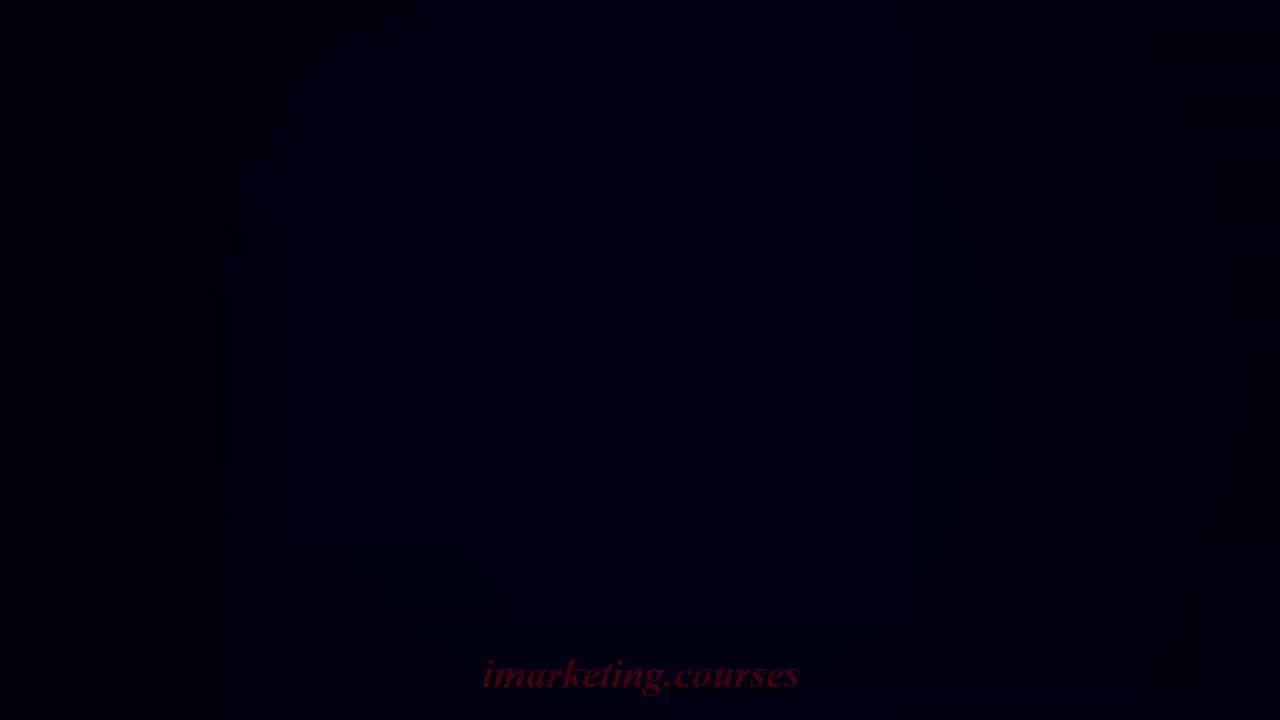
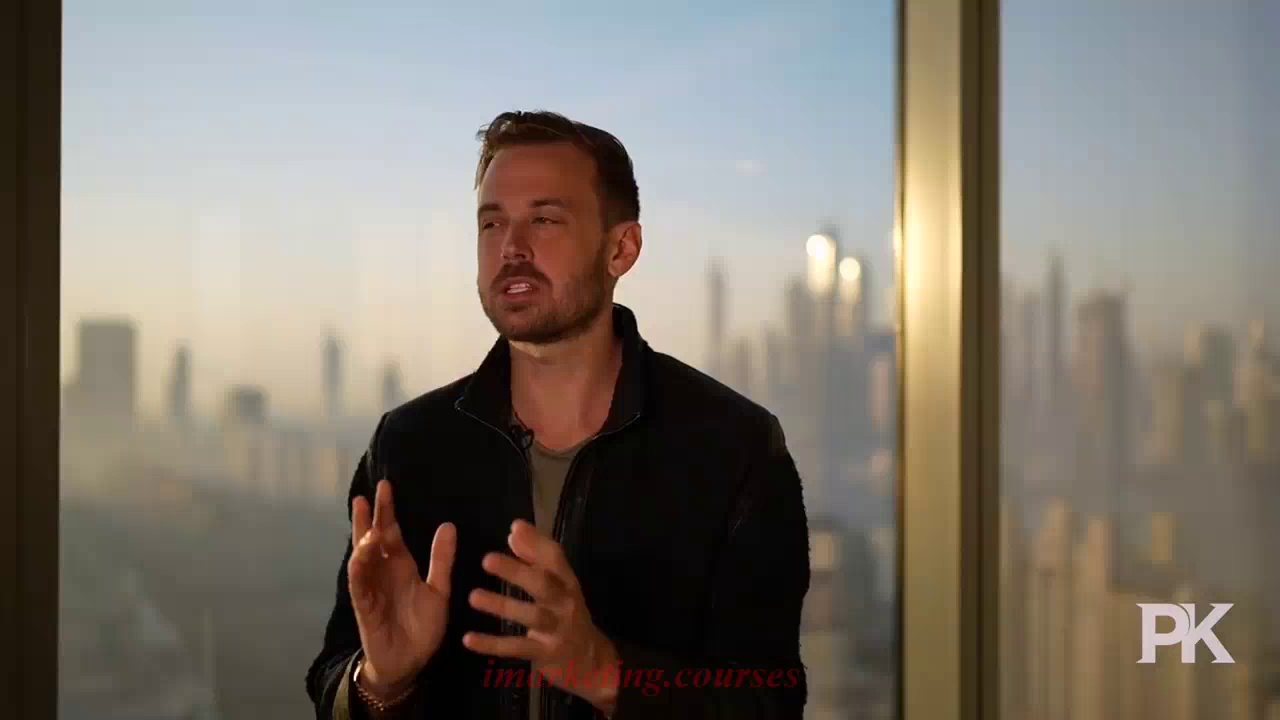
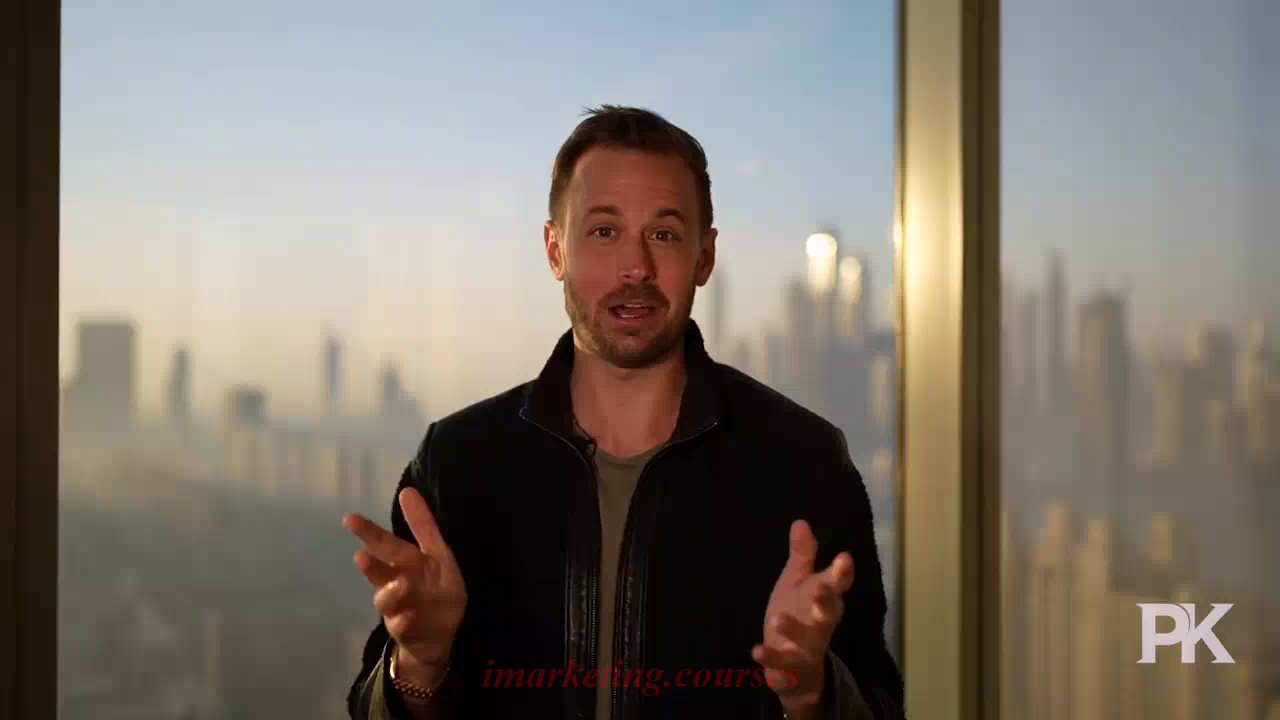
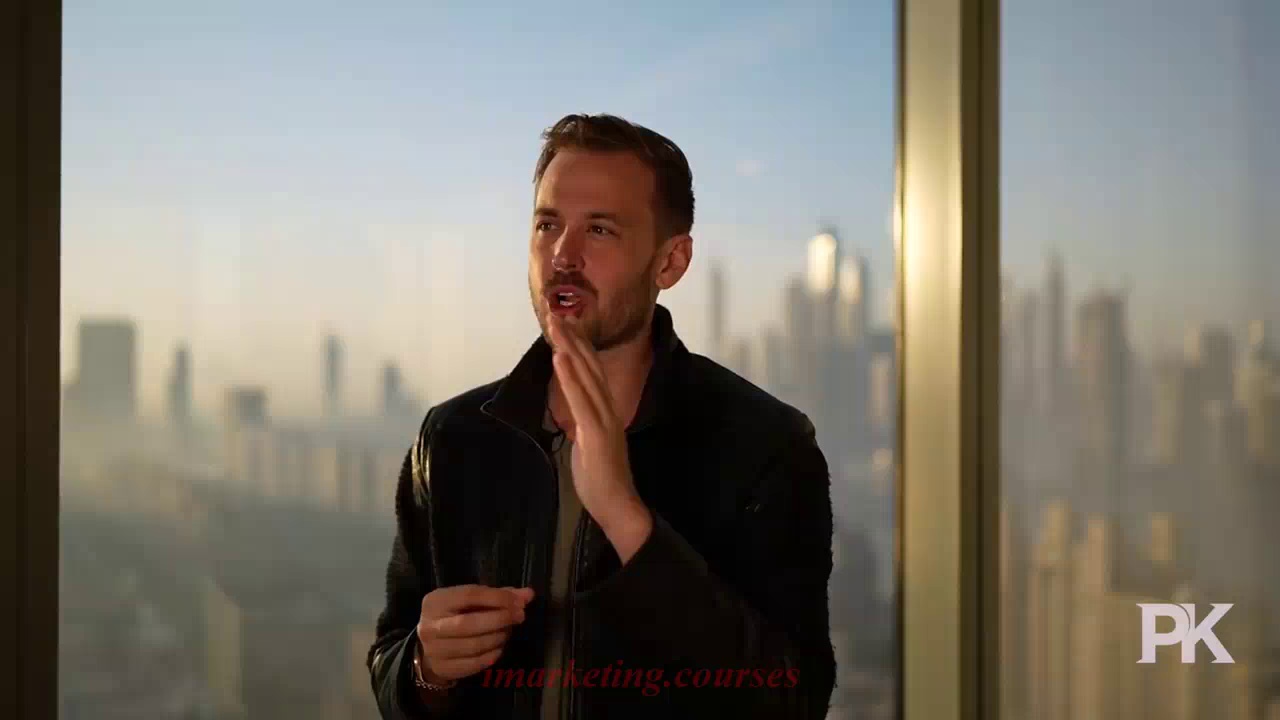
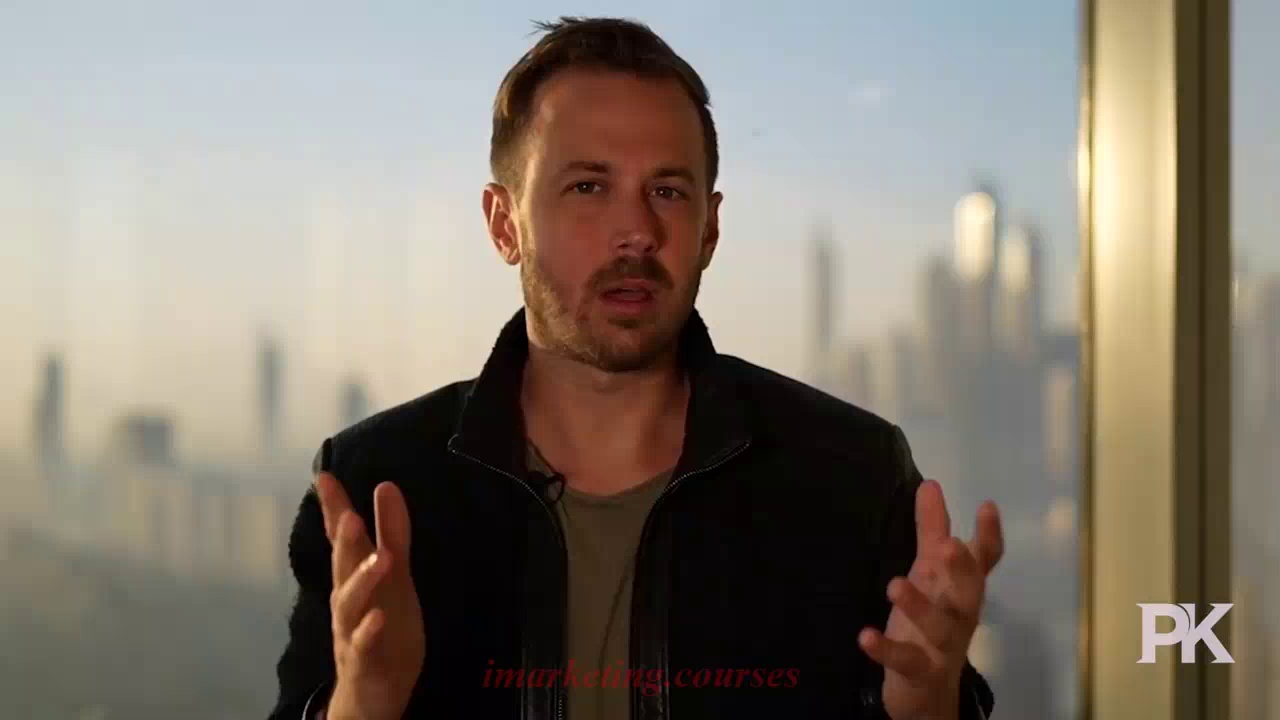

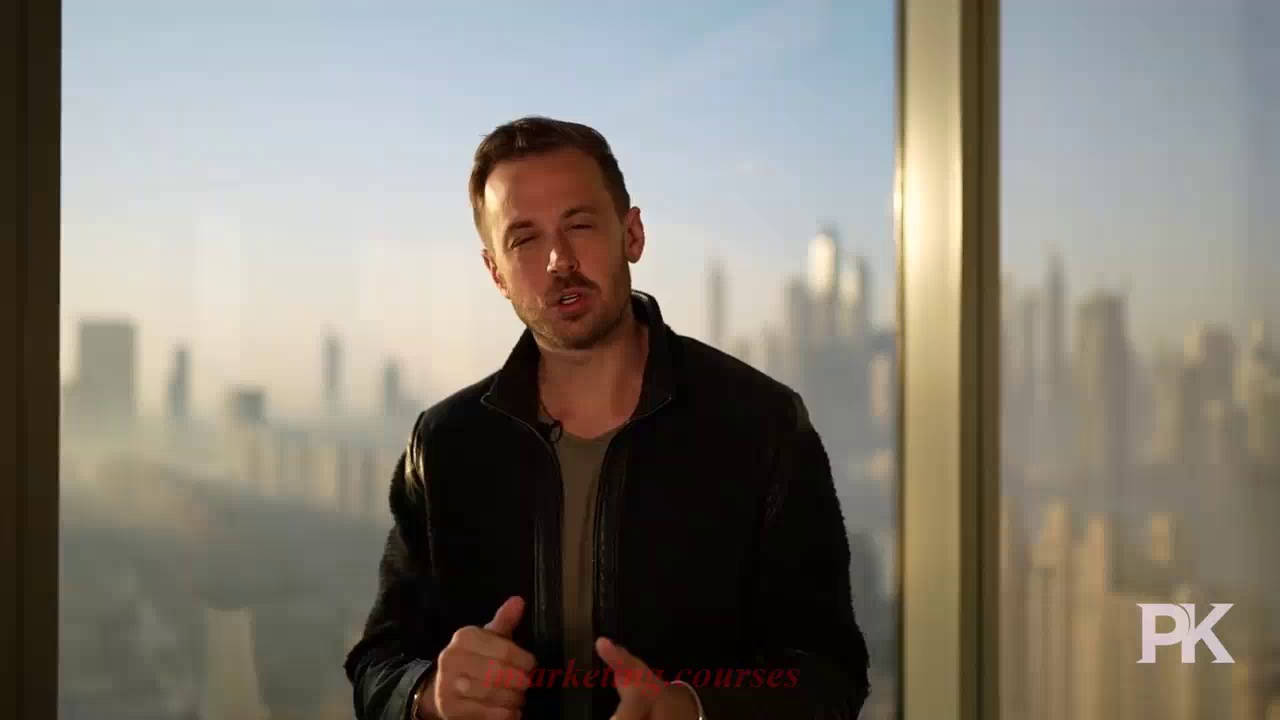
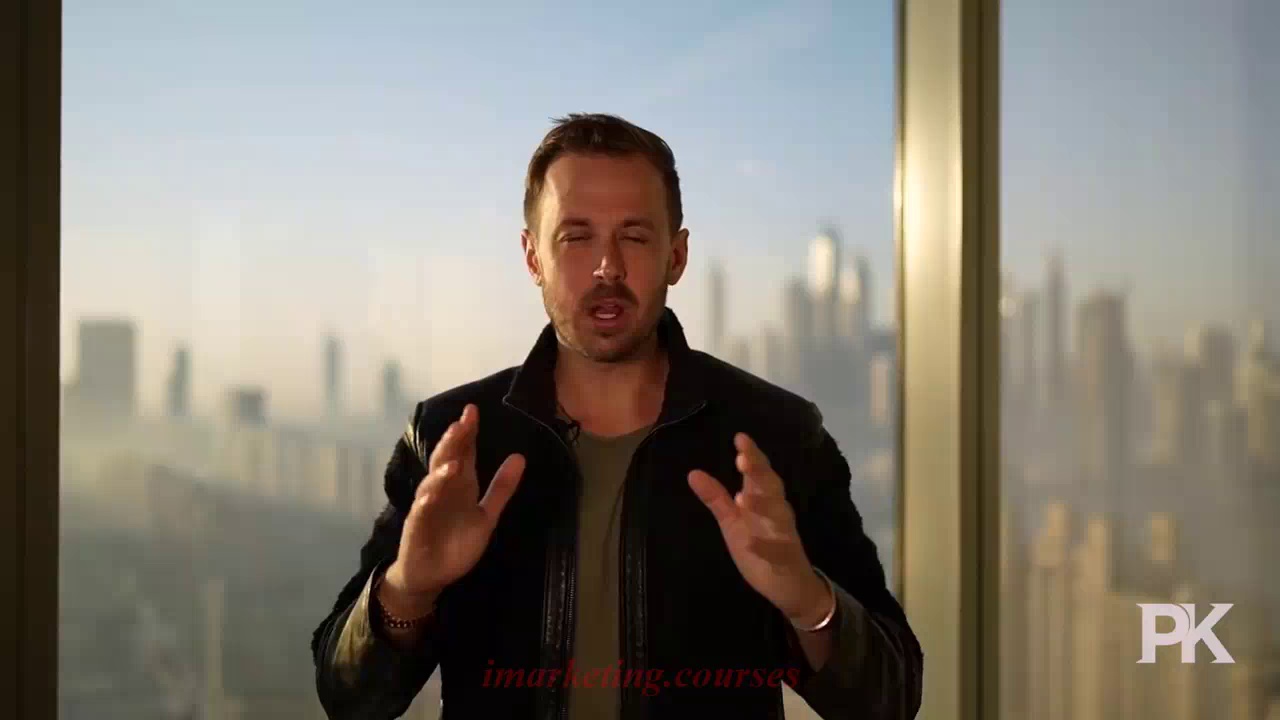
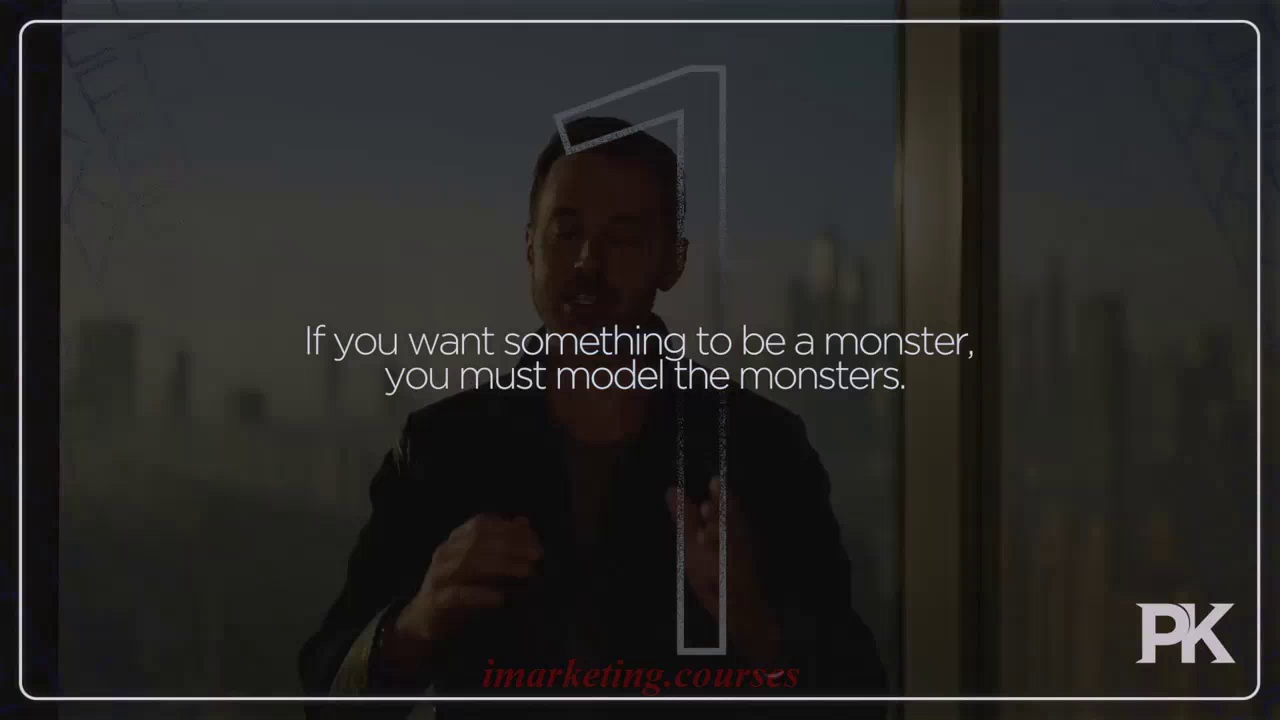
The narrator felt stuck trying to succeed in e-commerce after a hurricane destroyed his business. A friend named Dennis quit his accounting job to work with the narrator. Dennis suggested rewriting old advertorials that previously made money. The narrator was hesitant since he struggled with writing, but they started rewriting an advertorial word-by-word. Piece by piece it started coming together into a new advertorial. The narrator realized rewriting advertorials could be a "superpower" to create endless money-making campaigns. He and his dad started rewriting more advertorials, launching them, and making sales. The narrator advises starting with rewriting proven successful advertorials before attempting video sales letters. Rewriting advertorials can increase copywriting skills and provide endless opportunities. The key is to model already successful campaigns. The narrator challenges listeners to find a top performing campaign and rewrite the advertorial as practice.
.Peter Kell VSL 2.1 to 2.5 - Part 3















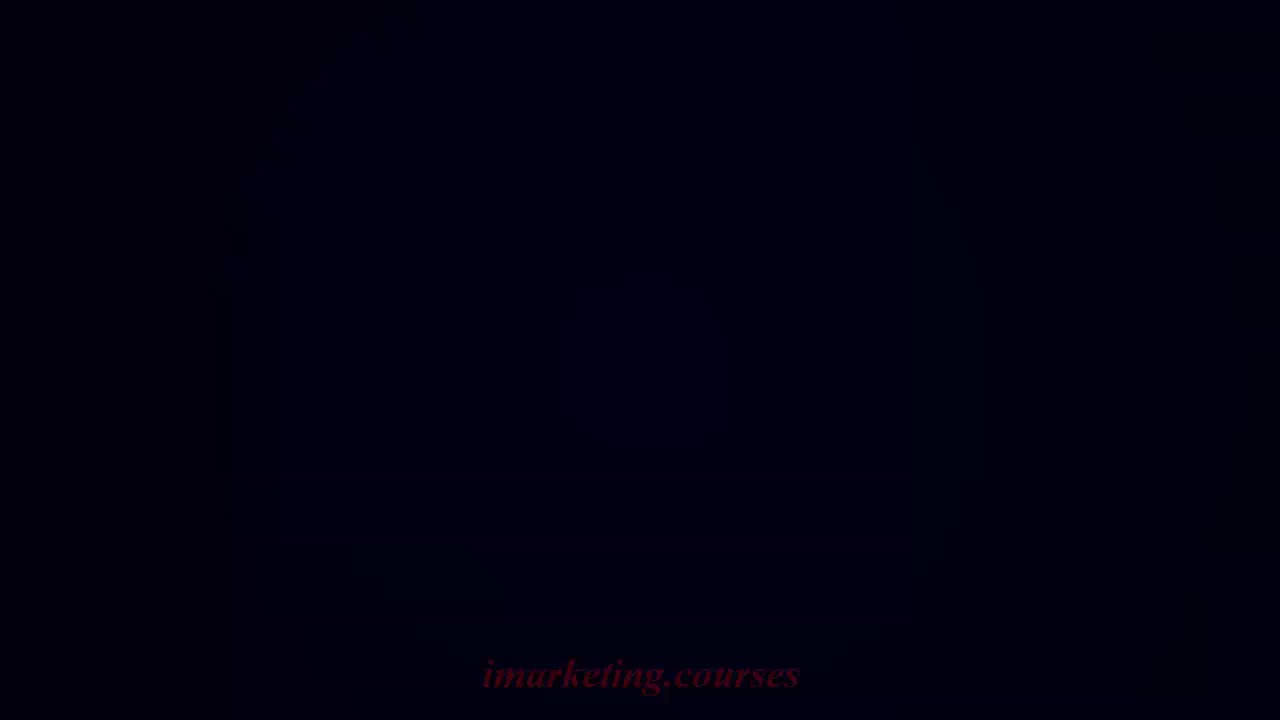
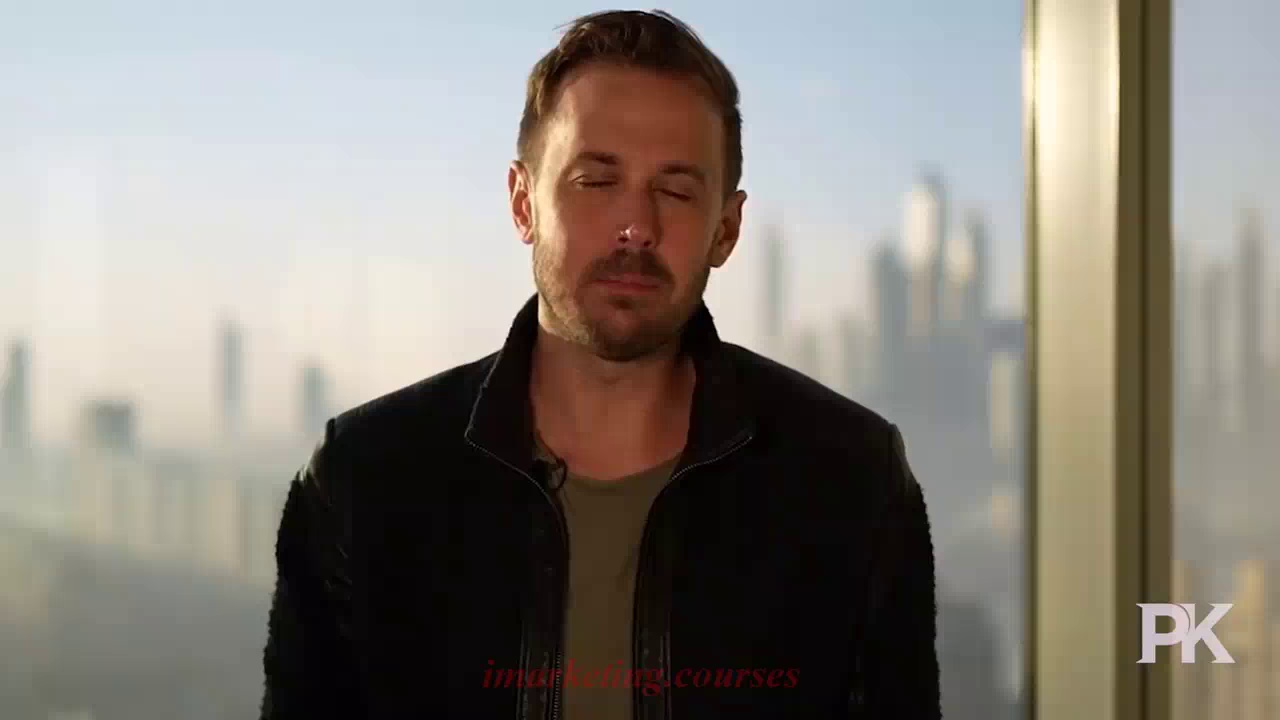
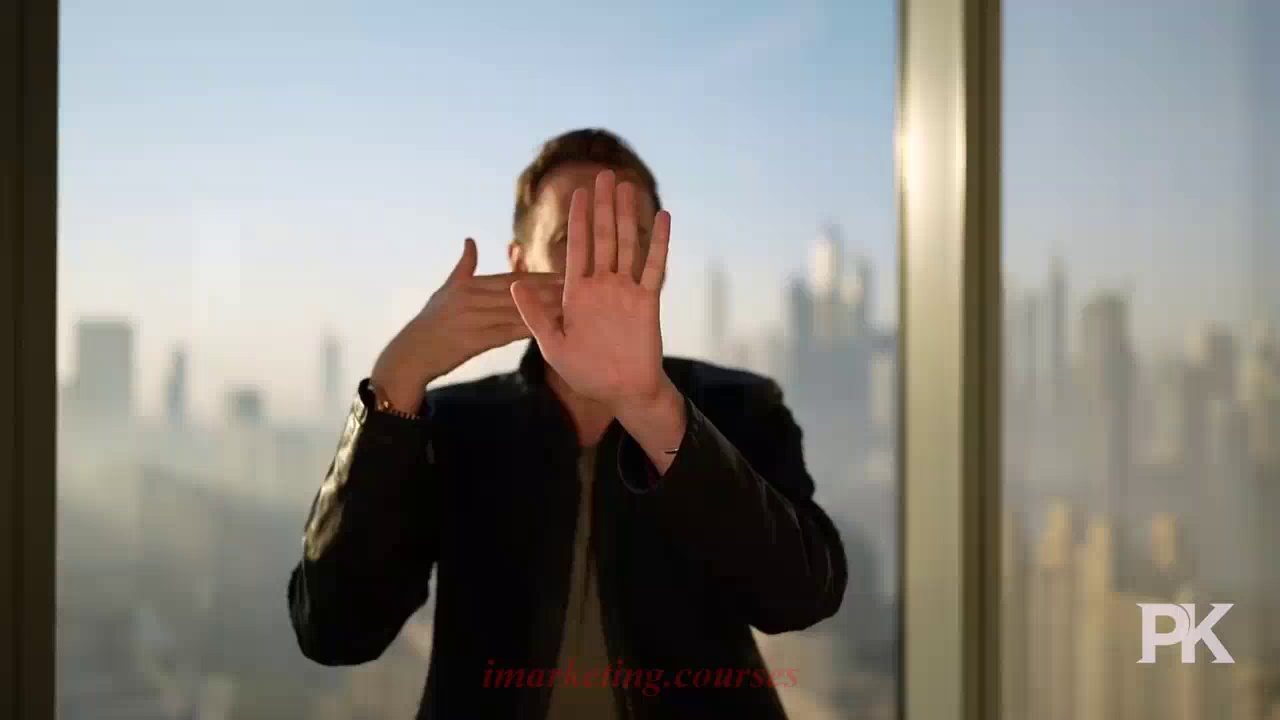
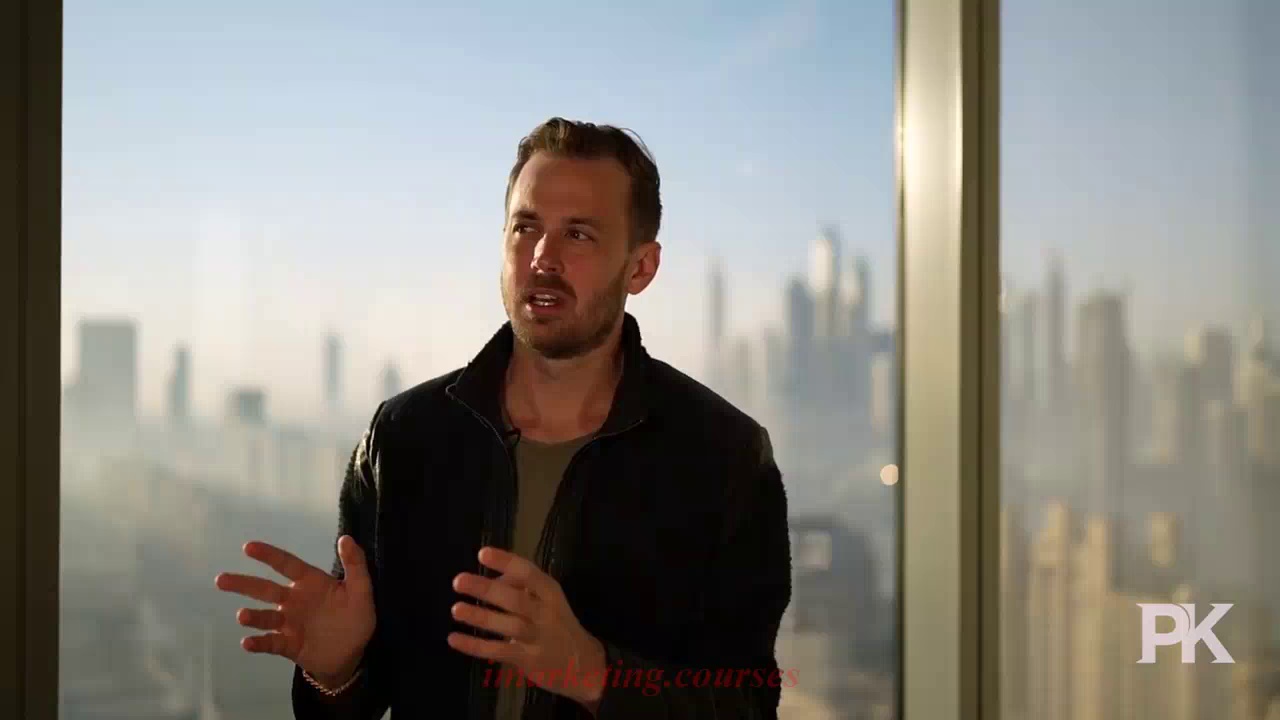
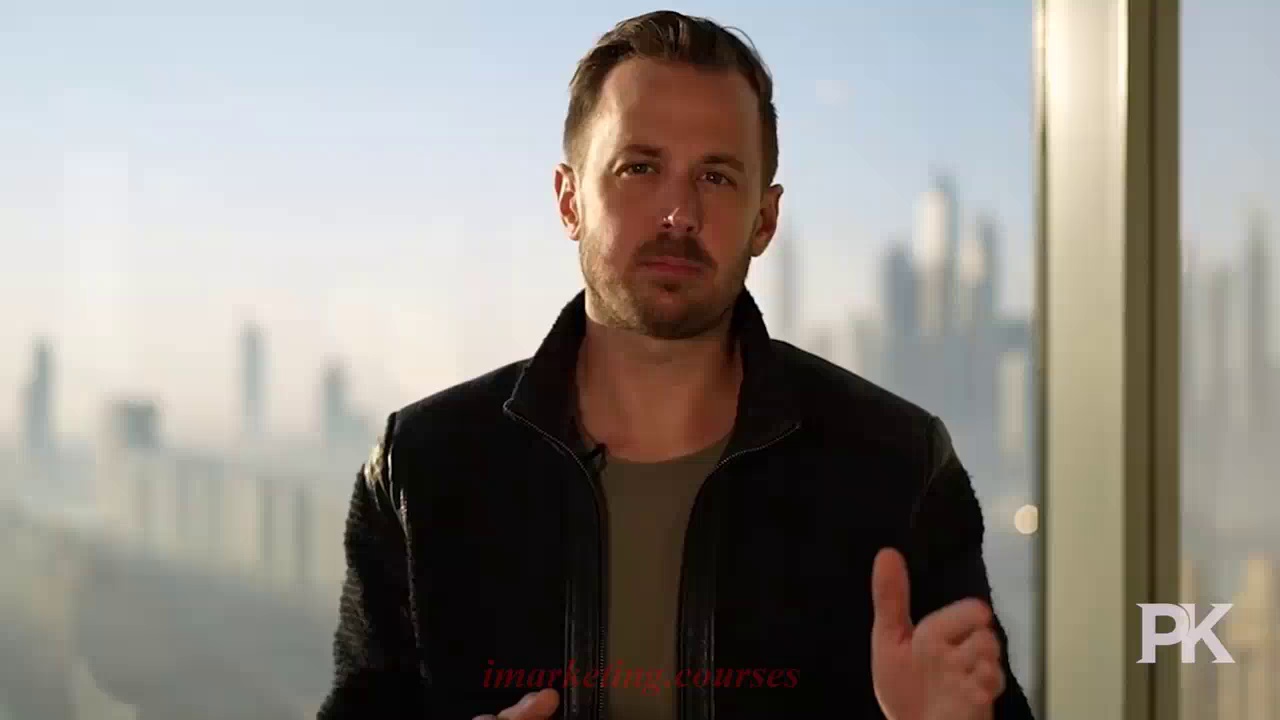
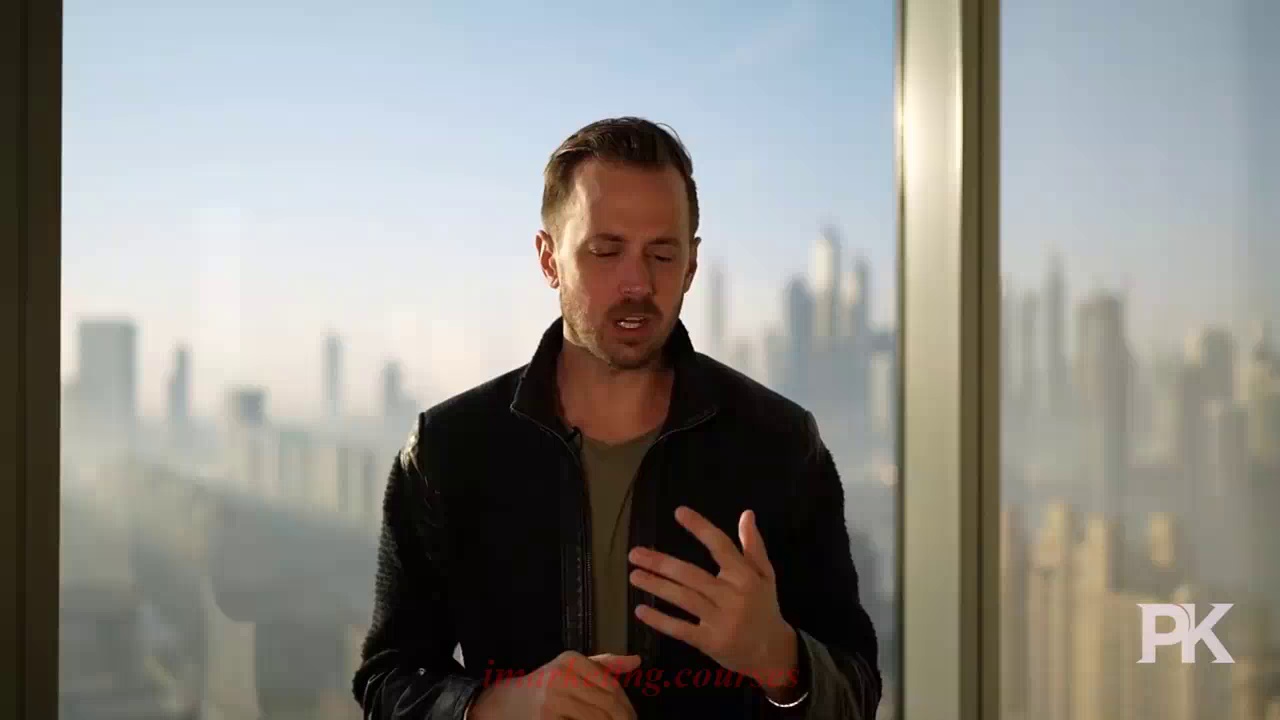
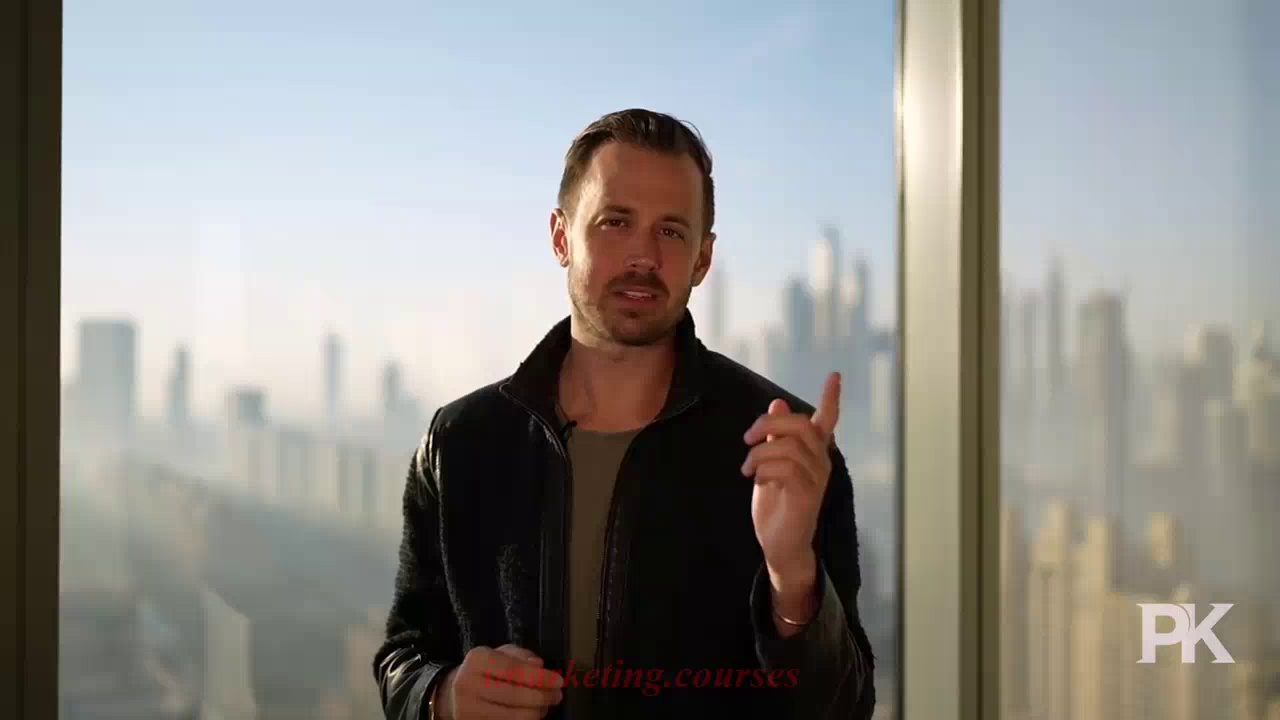
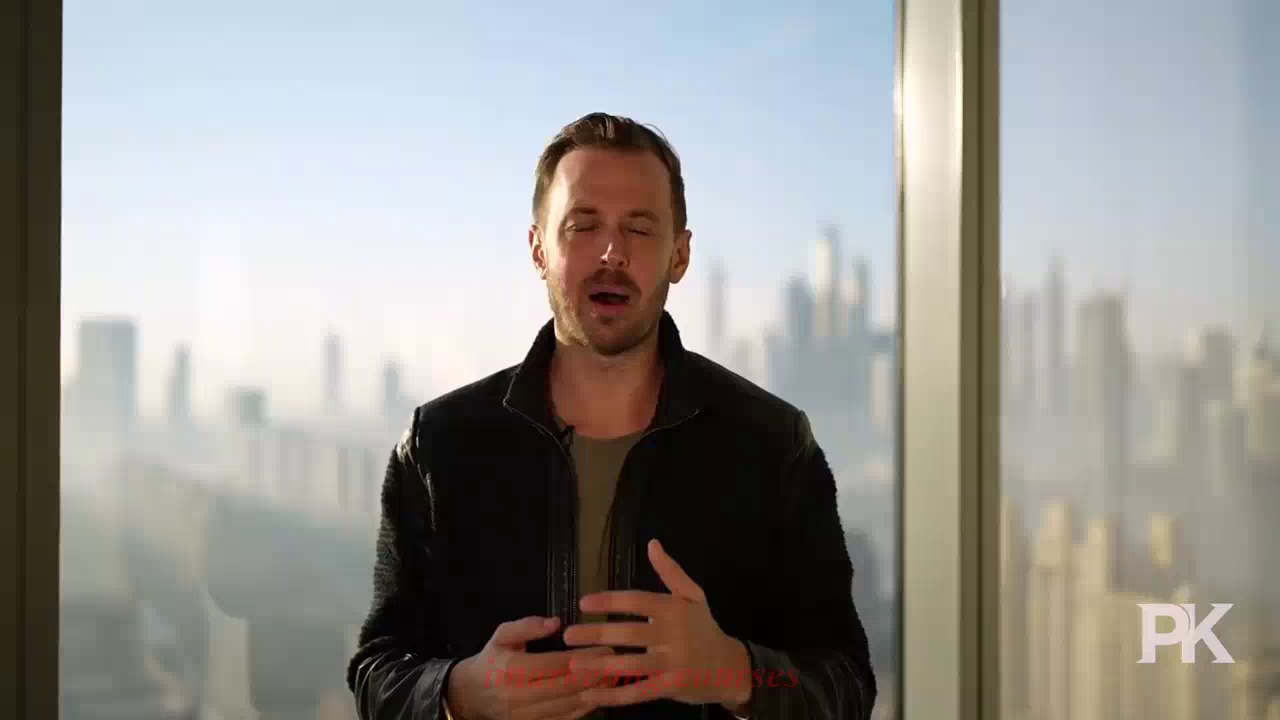
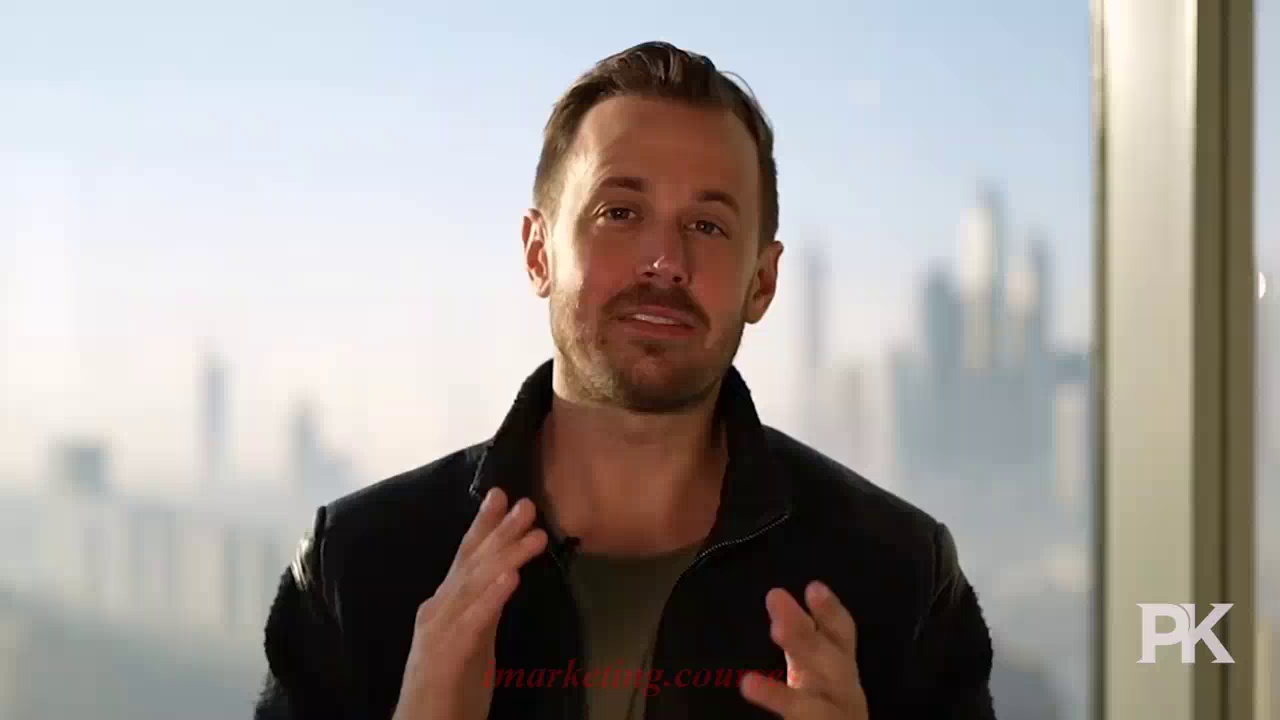
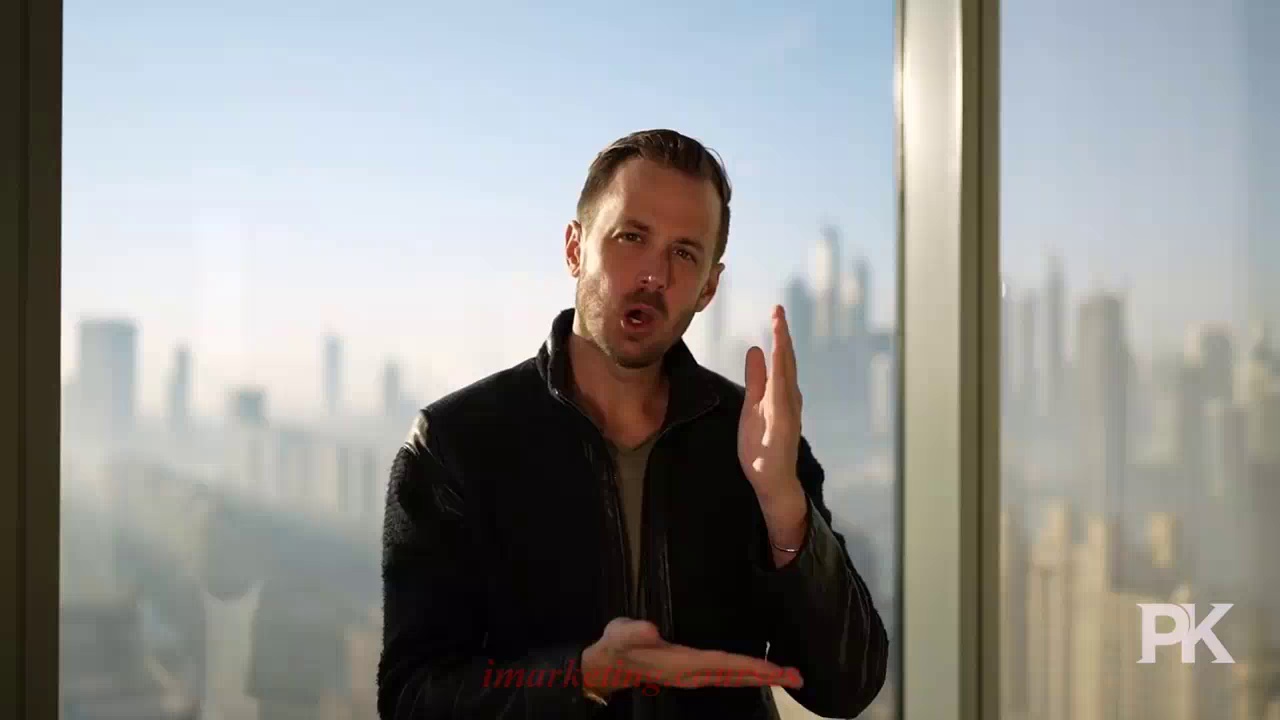
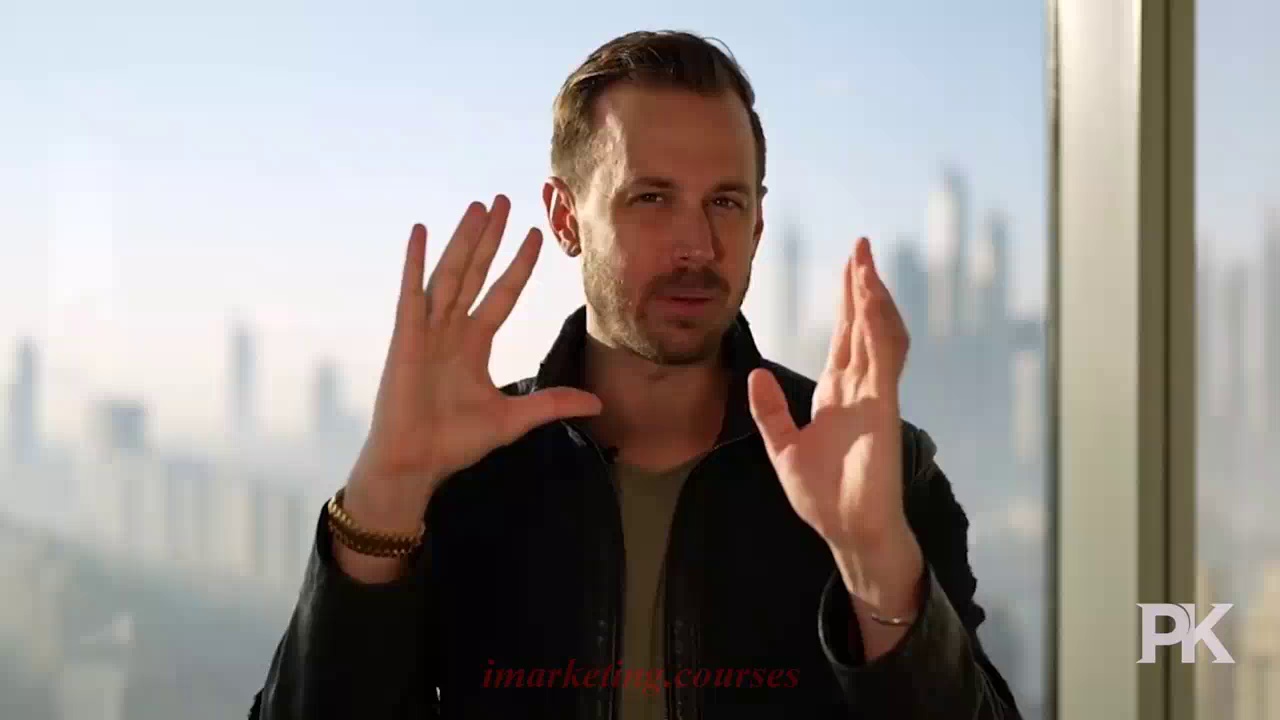
The narrator started out writing advertorials and having success, making thousands of dollars per day. However, they kept getting banned on Facebook. They saw a viral Facebook video that was just text and images and got the idea to turn their advertorial into a slideshow video. The first video bombed, but they kept tweaking it until the ROI went up. They split tested different versions of the video against each other. Eventually they were consistently profiting $1,000-$20,000 per day. One day they spent $72,000 on Facebook ads and made $70,000 in sales. They decided to get coaching from copywriter John Benson to increase their ROI. He broke down their script scene-by-scene and gave feedback on each part. After implementing his feedback, the ROI jumped 50% and they hit their first $100,000 sales day. After that, on their biggest day they spent $140,000 on Facebook ads and made $200,000 in affiliate sales. The narrator realized that creating high-converting VSLs was the key to huge success, so he committed to mastering VSLs. He hasn't gone back to writing advertorials since focusing on VSLs.
.Peter Kell VSL 2.1 to 2.5 - Part 4


























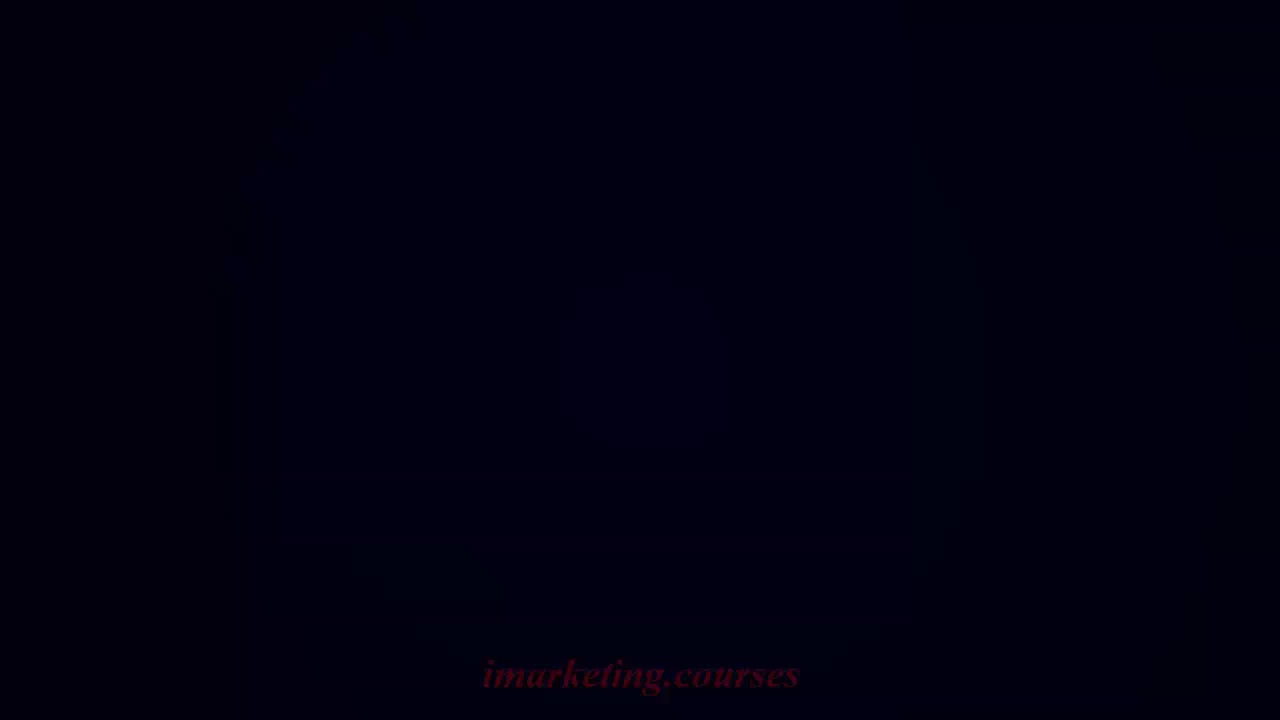
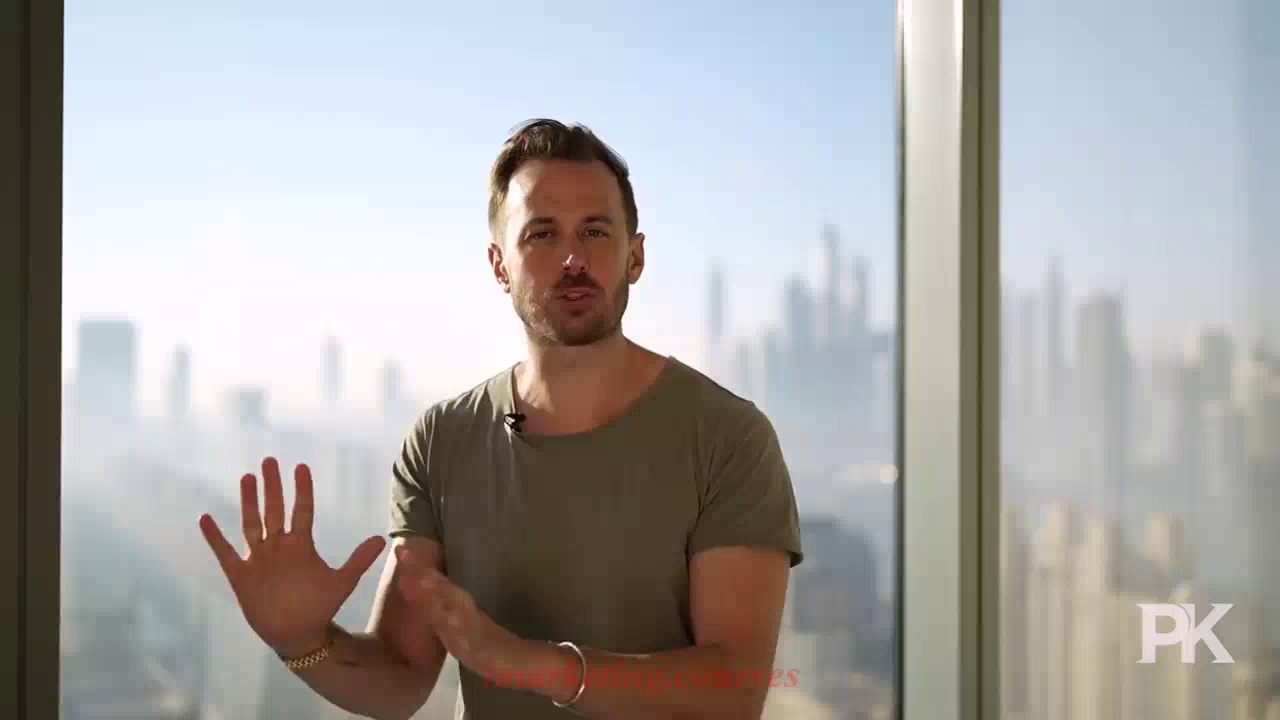
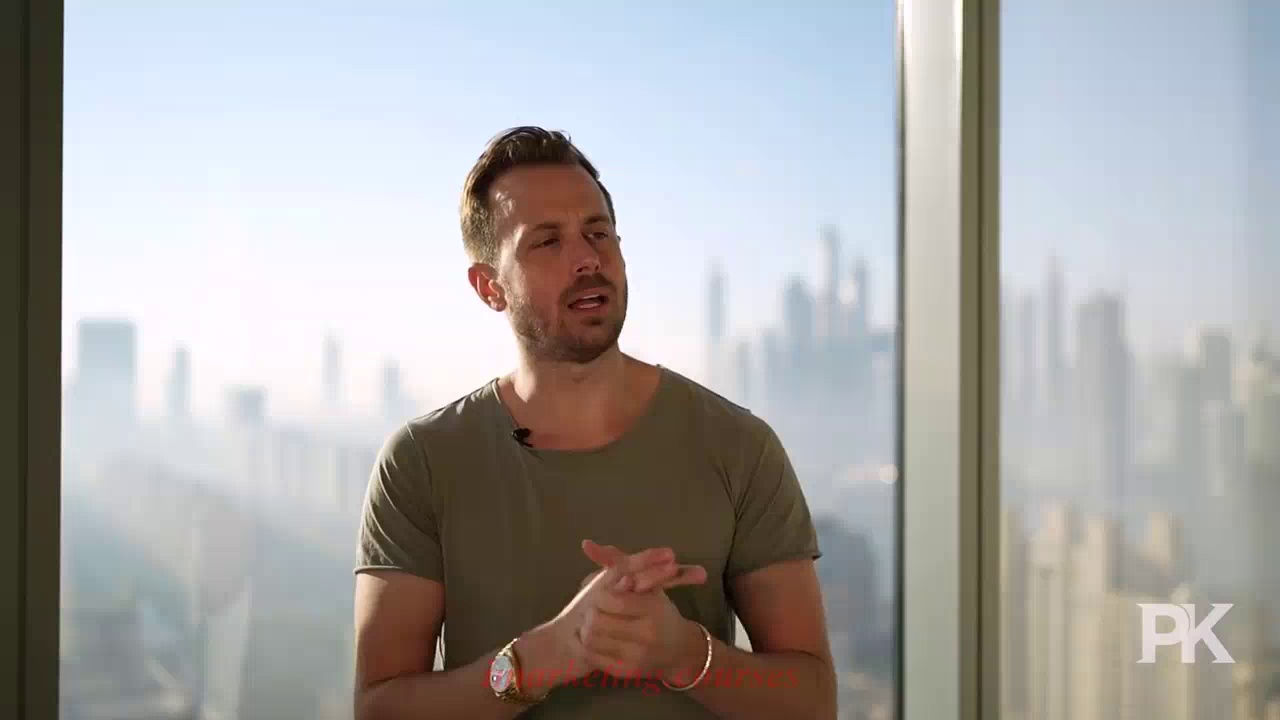
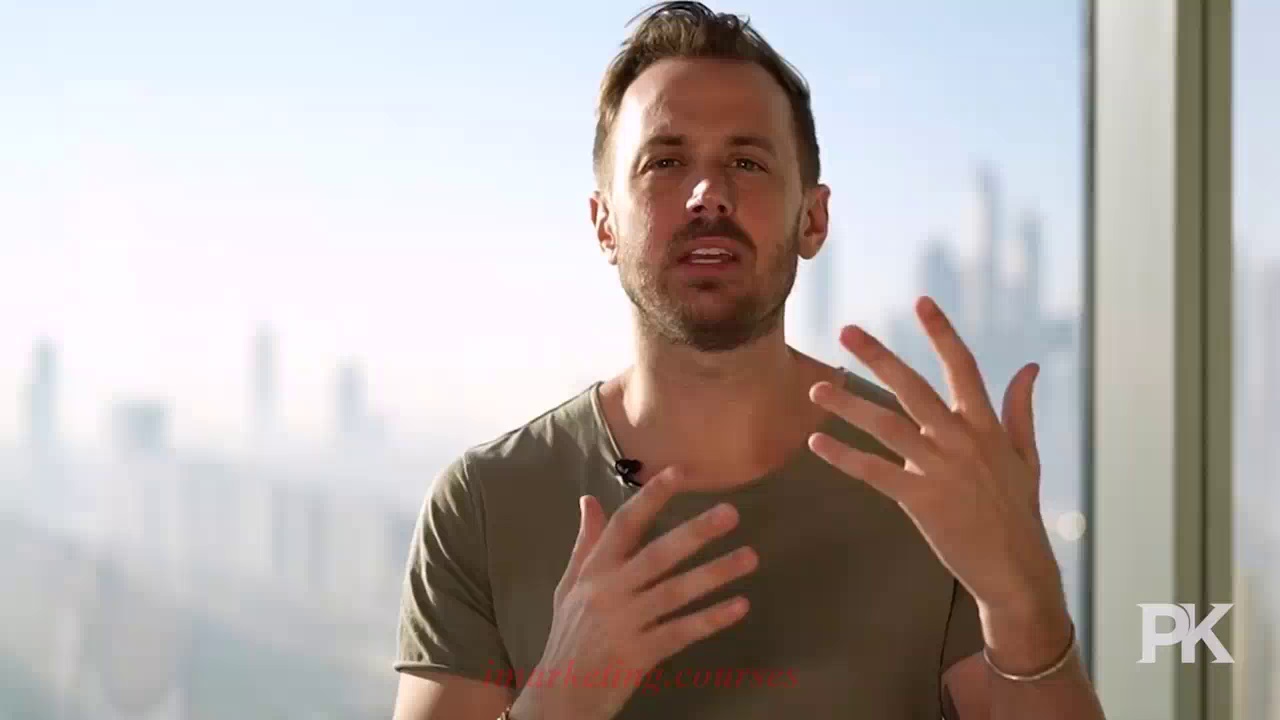
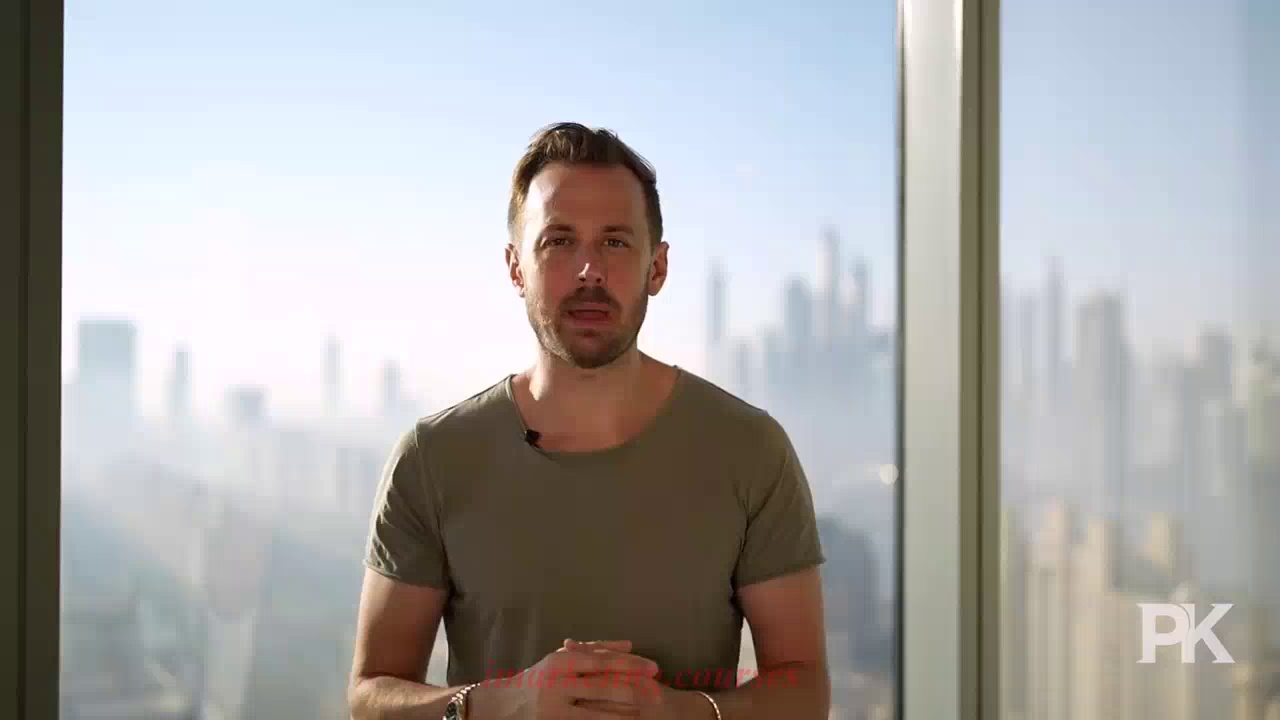
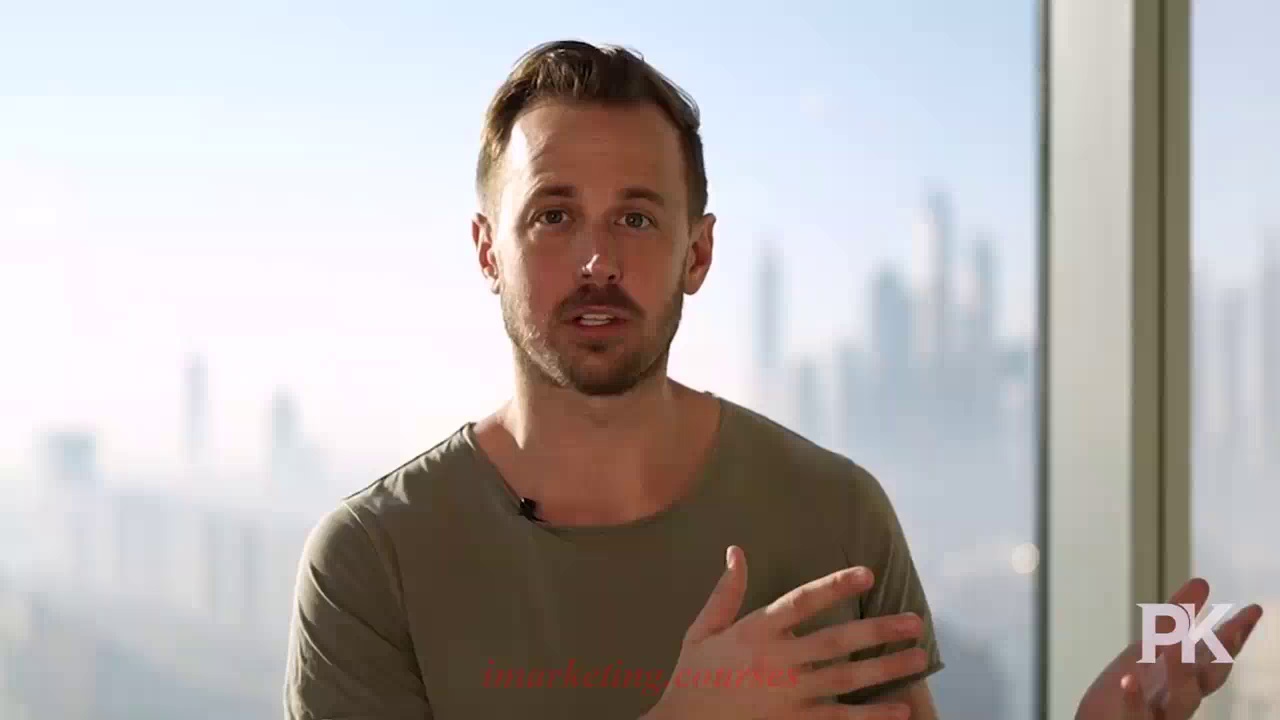
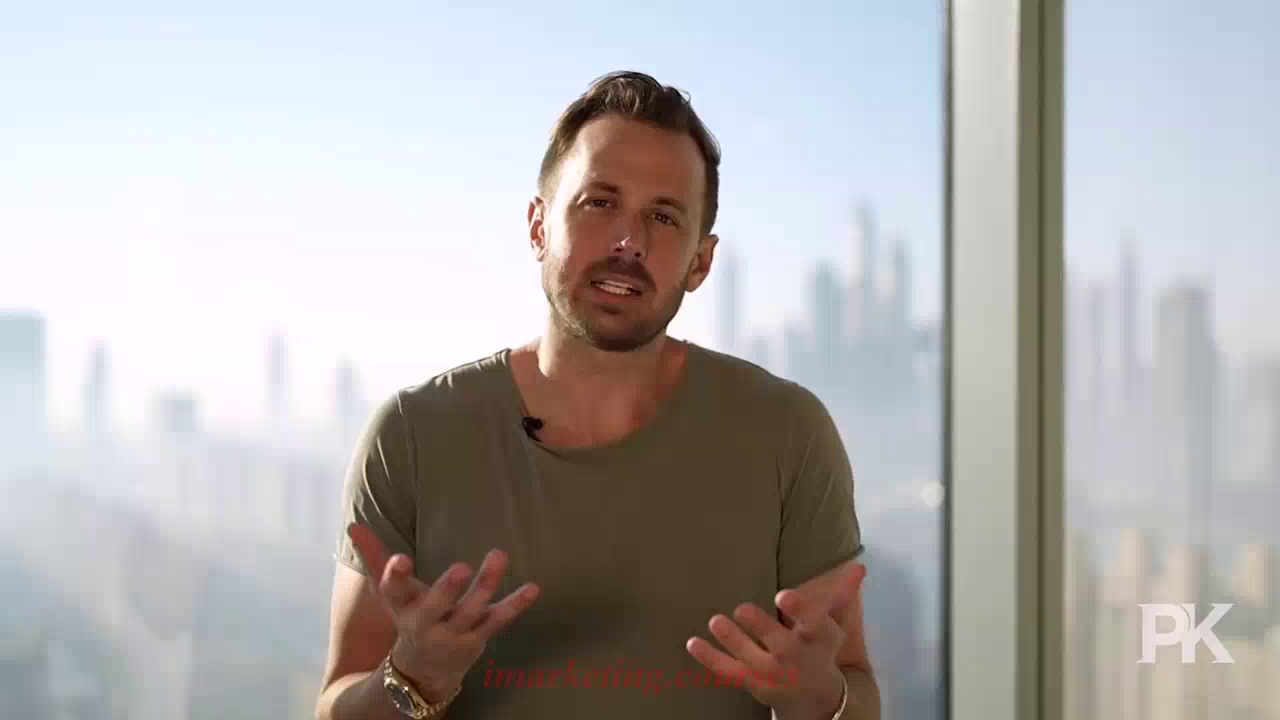
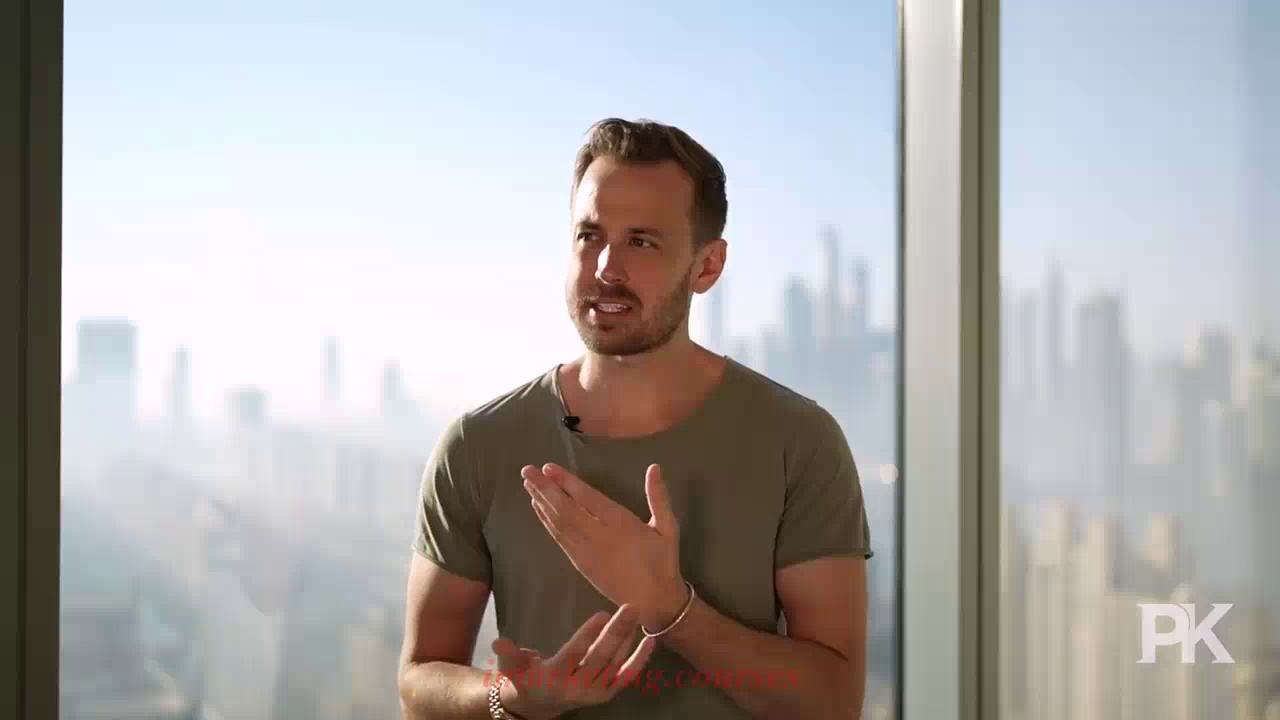
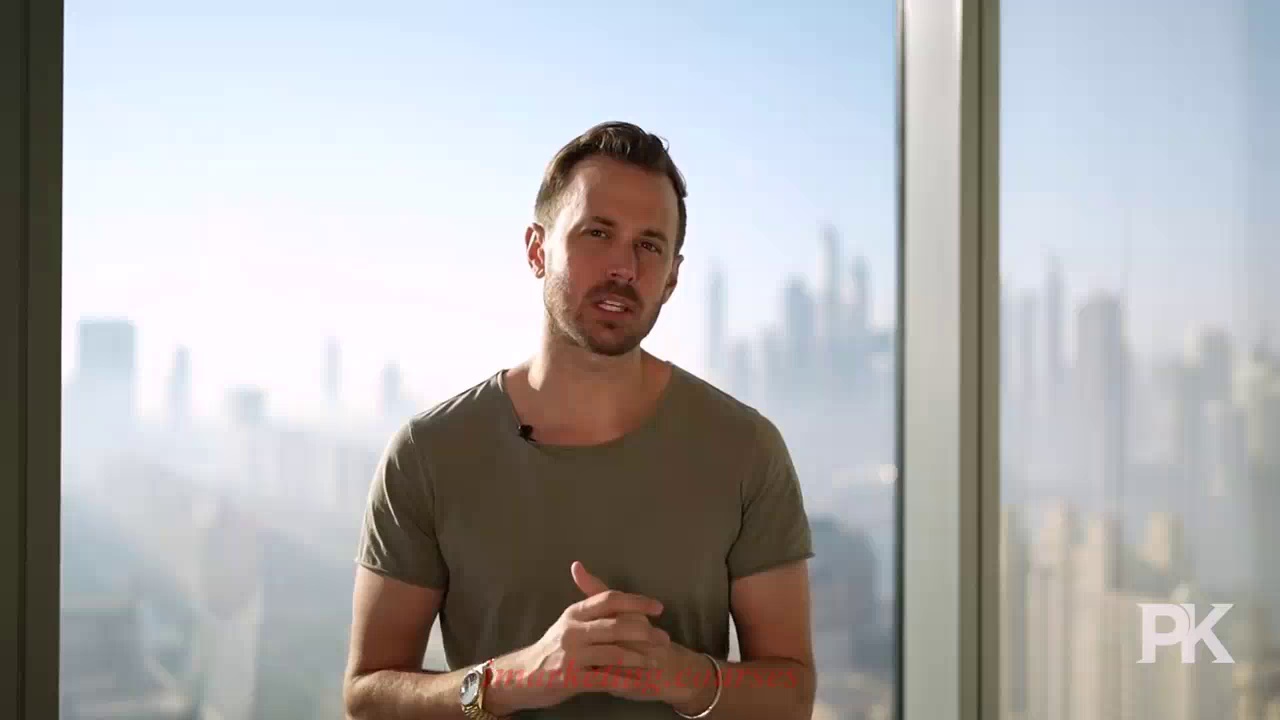
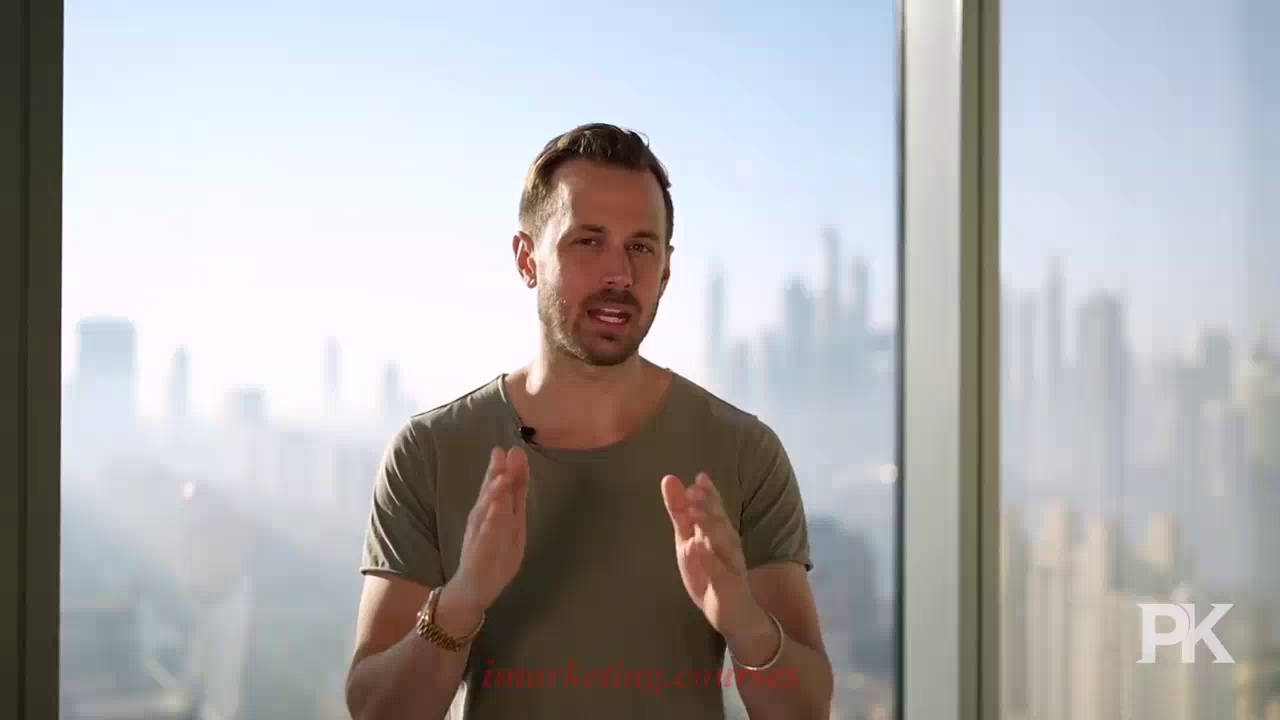
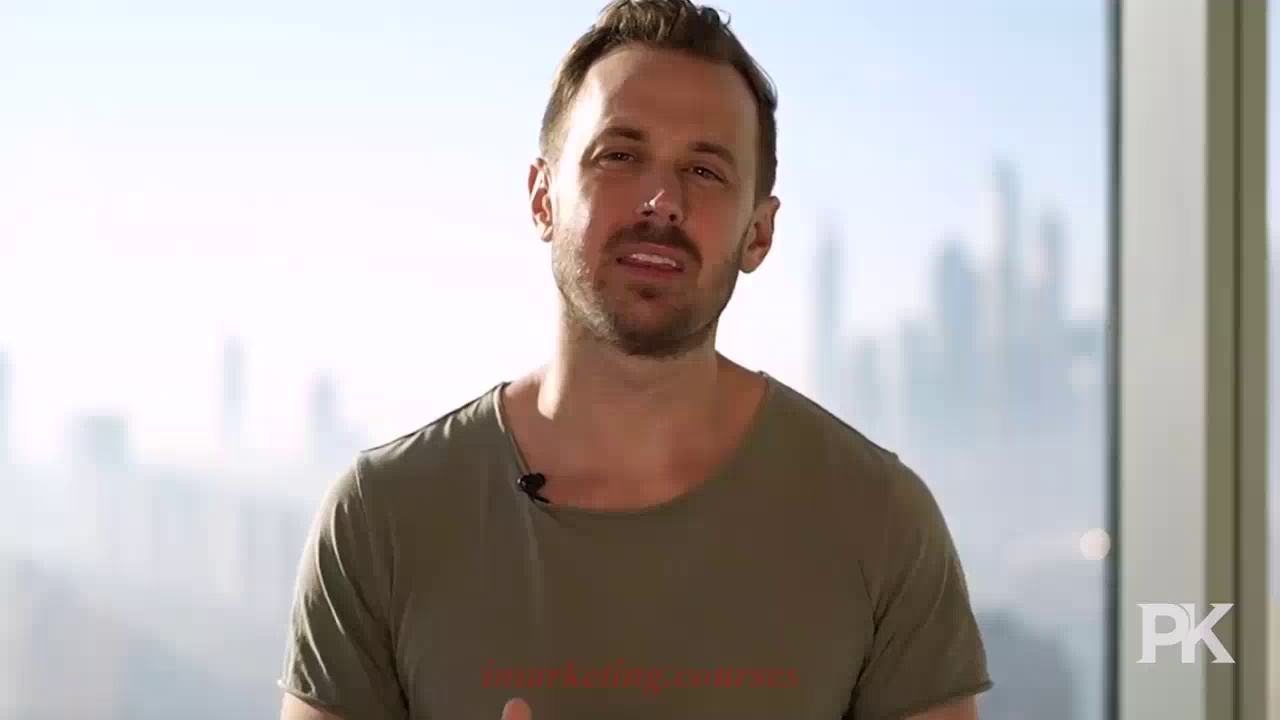
Joel Marion grew his supplement company Biotrust from $0 to $100 million in sales in 12 months using video sales letters (VSLs). The narrator had success as an affiliate marketer but struggled to scale and wanted to create his own brand. He discovered a skincare company with an excellent product and authority figure, perfect for VSLs, but was only allowed to run email ads. He secretly ran Facebook ads instead which generated $30,000 per day in sales. After getting paid over $250,000, the company realized he had violated their agreement. The narrator then partnered to launch his own skincare brand using the same methods. By month 3 they were doing $4 million per month in sales. After 12 months they had reached $40 million in total sales before the narrator sold the company to his partner.
.Peter Kell VSL 2.1 to 2.5 - Part 5






































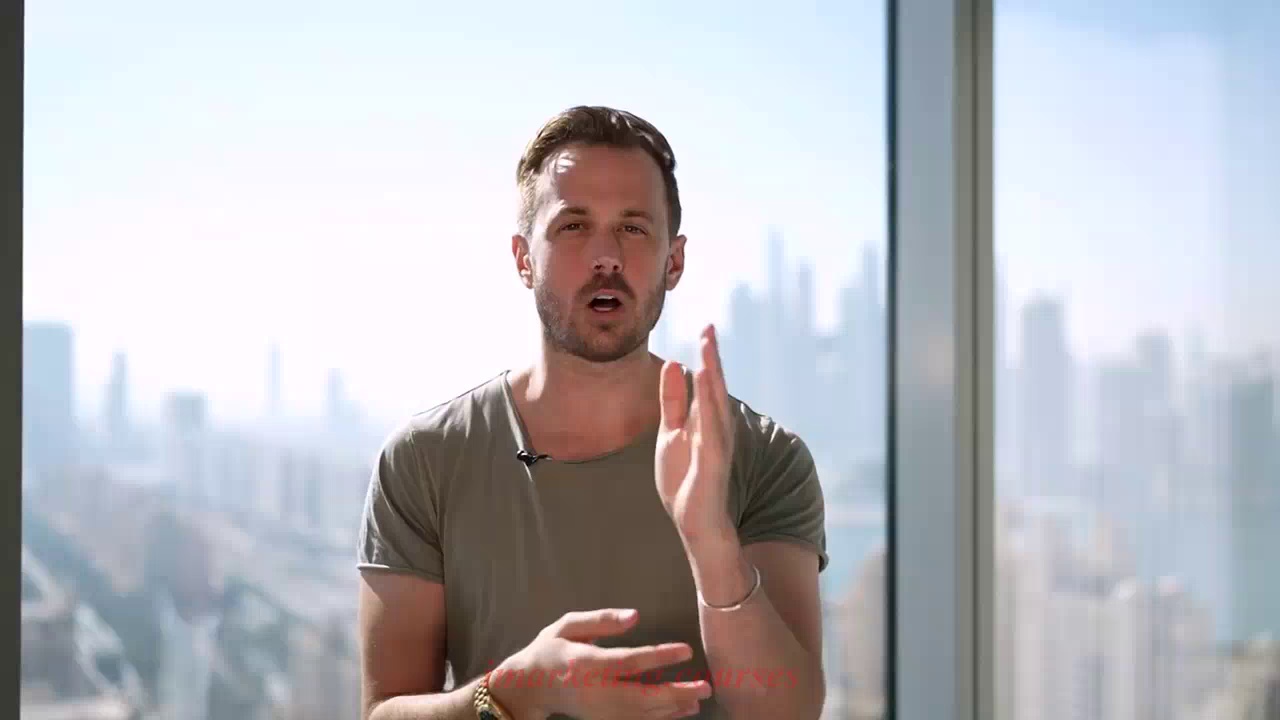
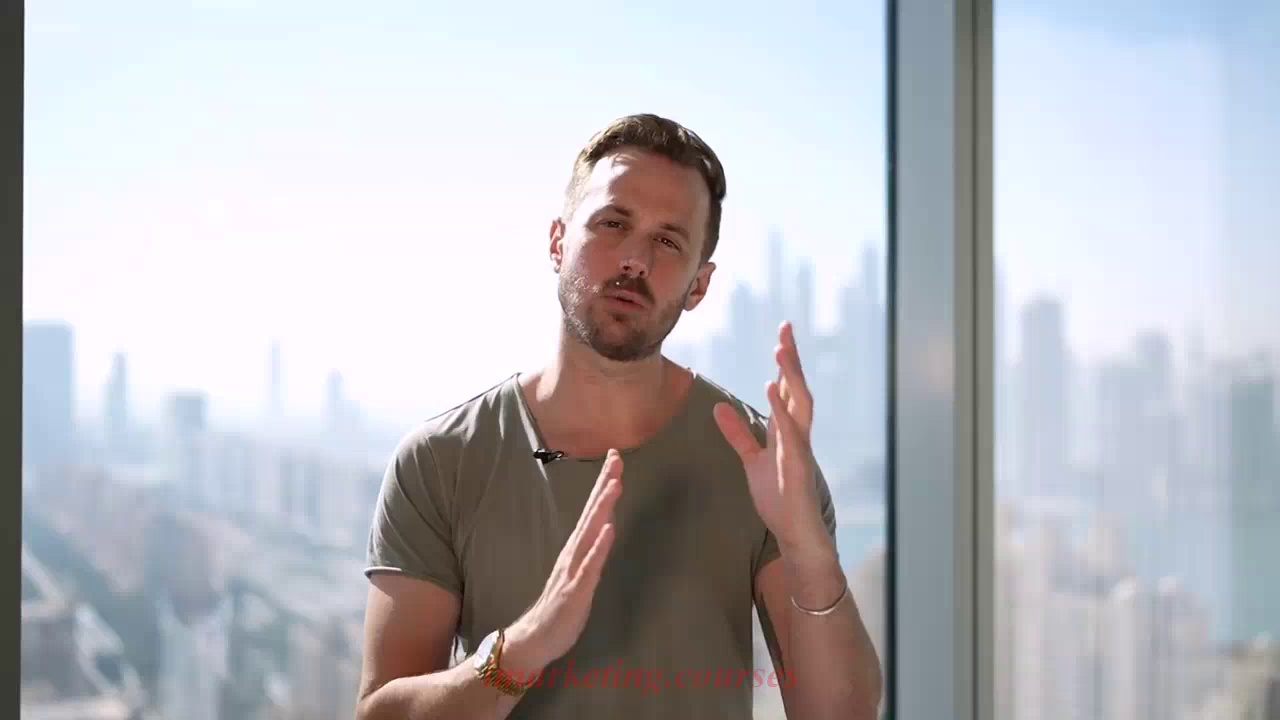
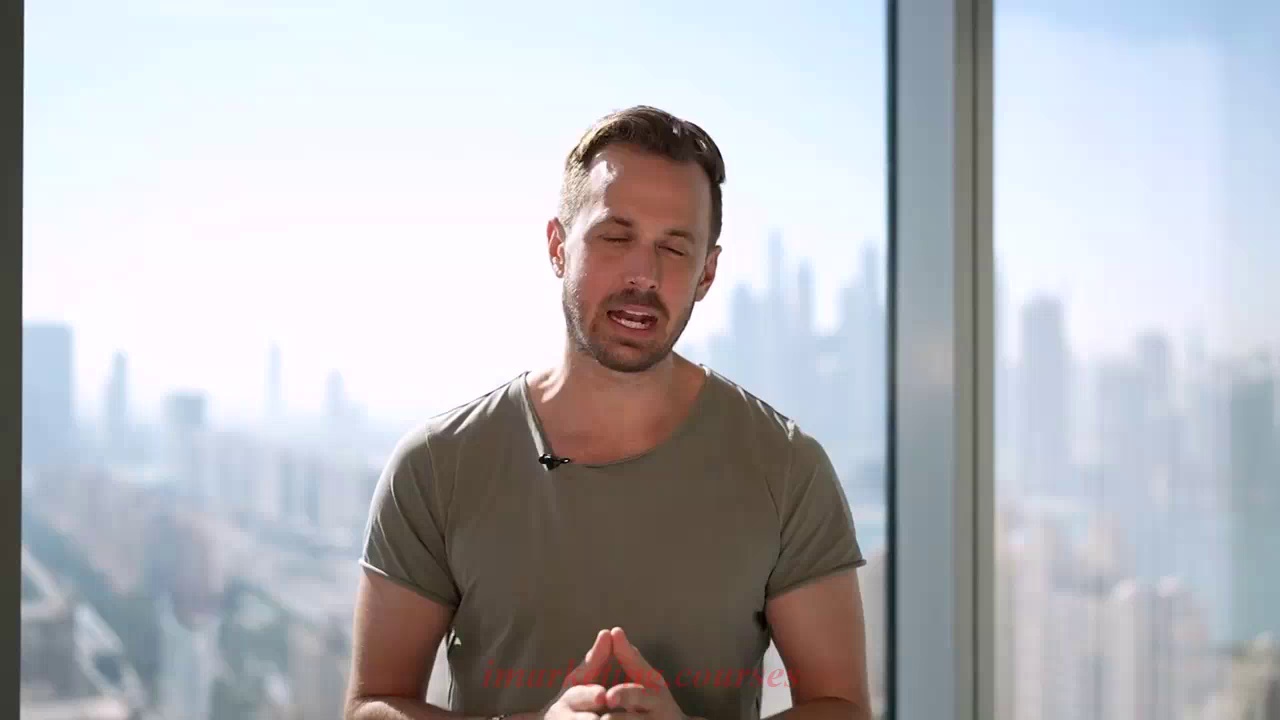
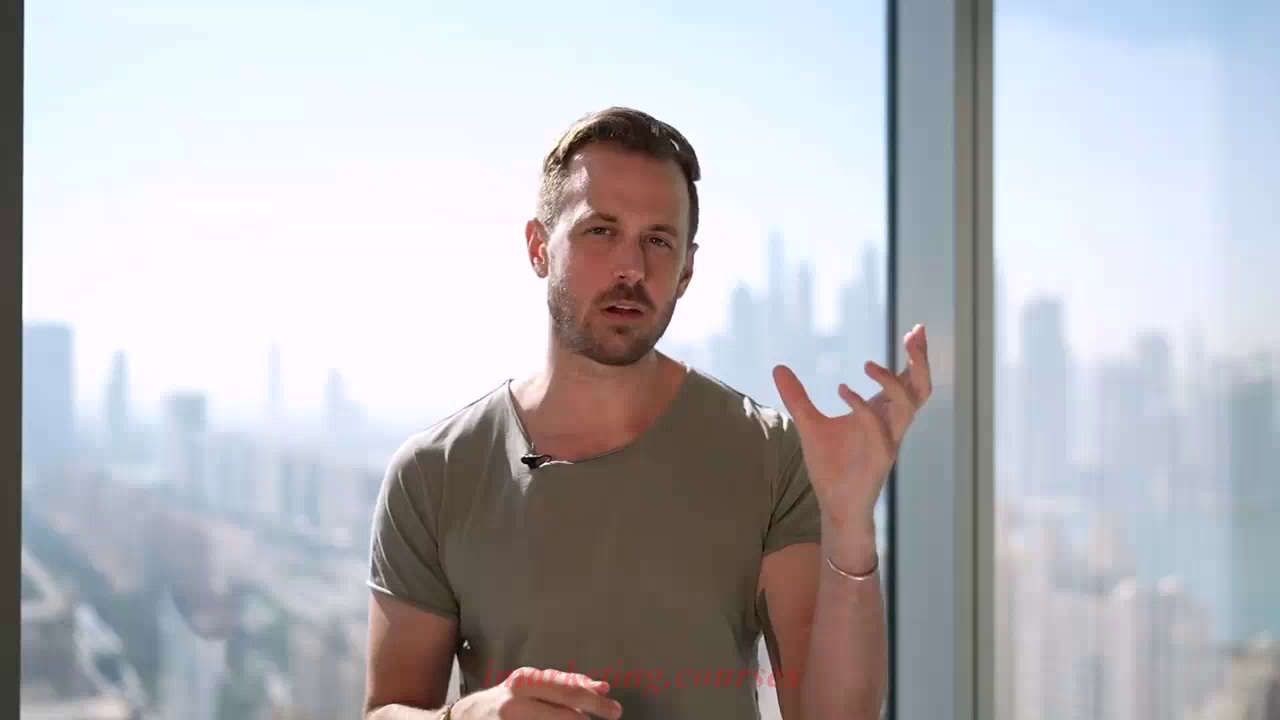
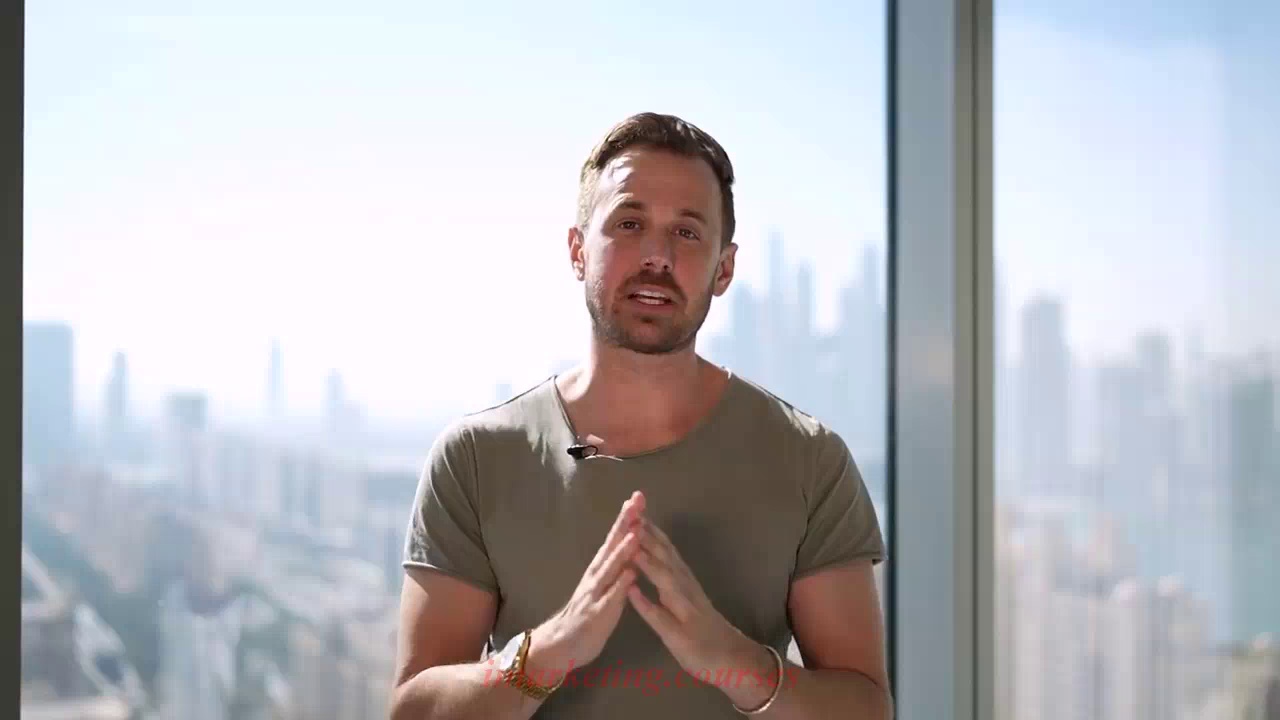
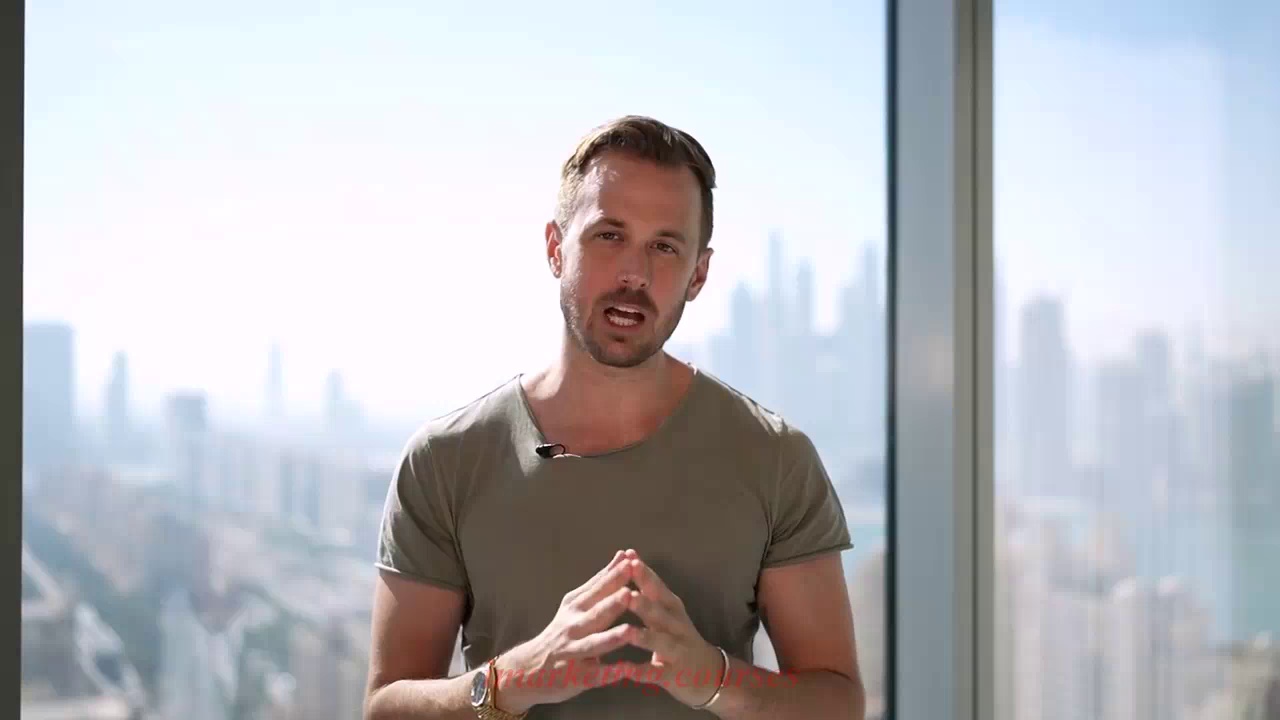
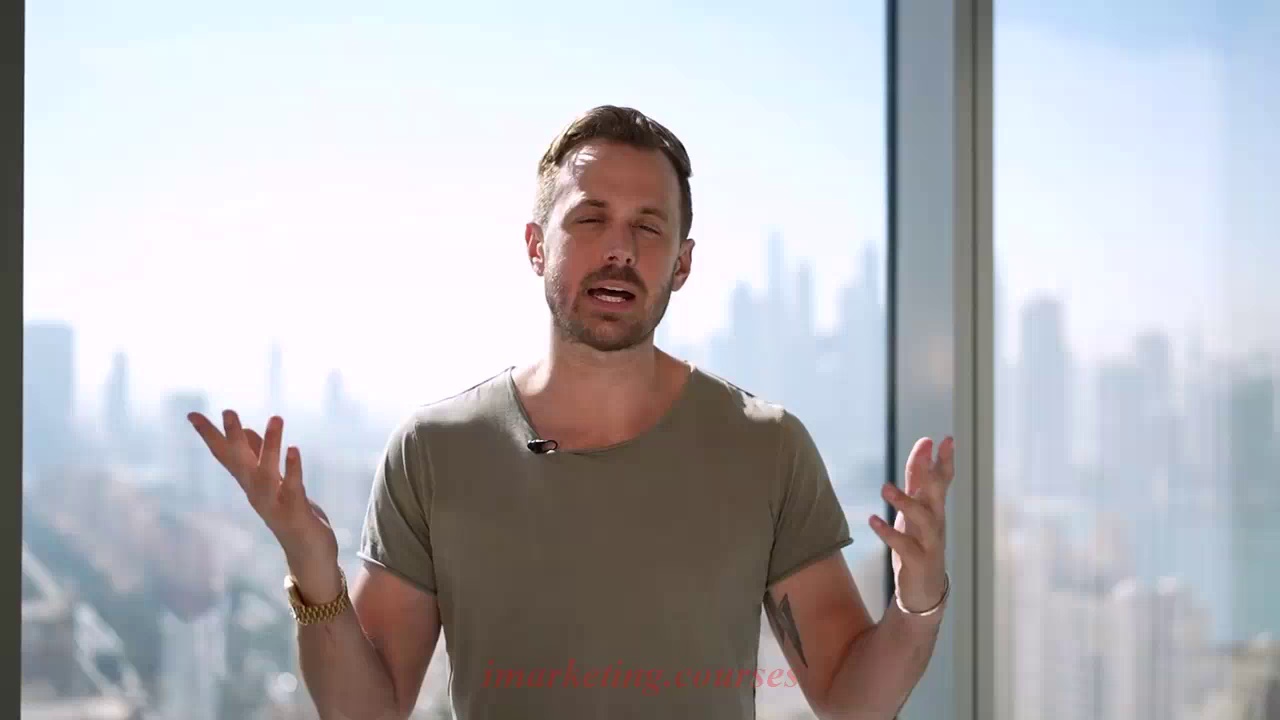
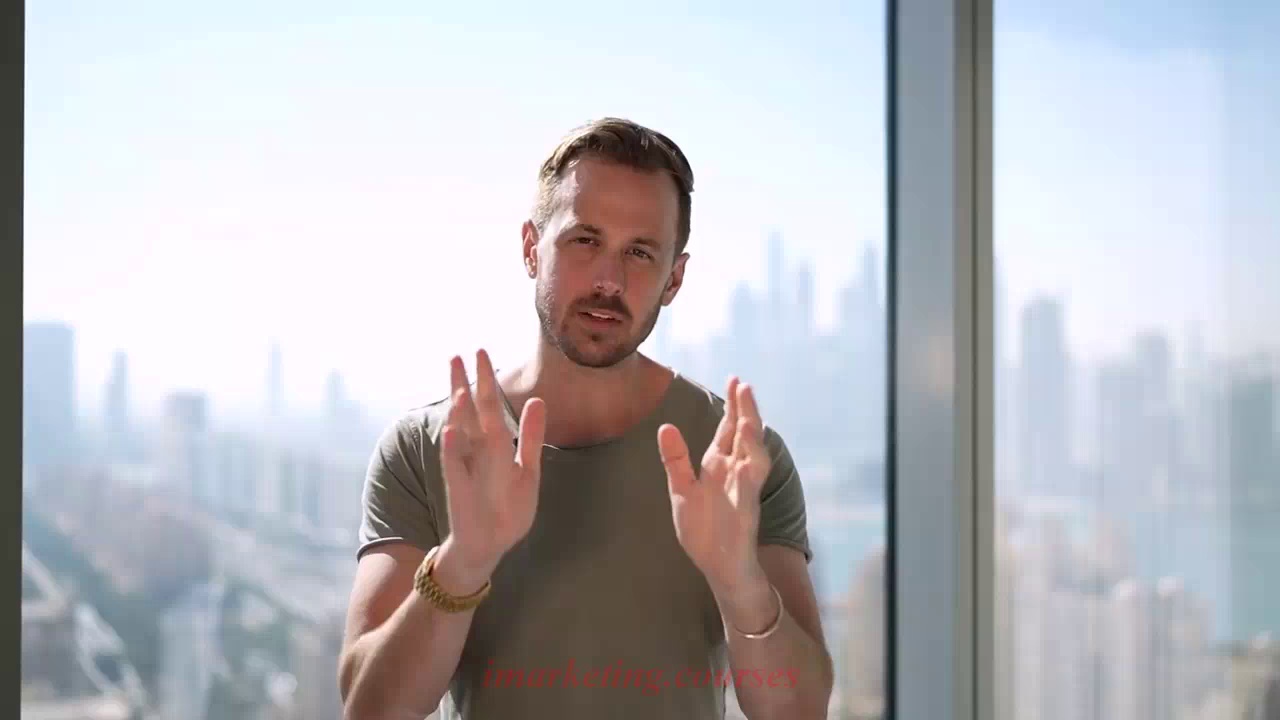
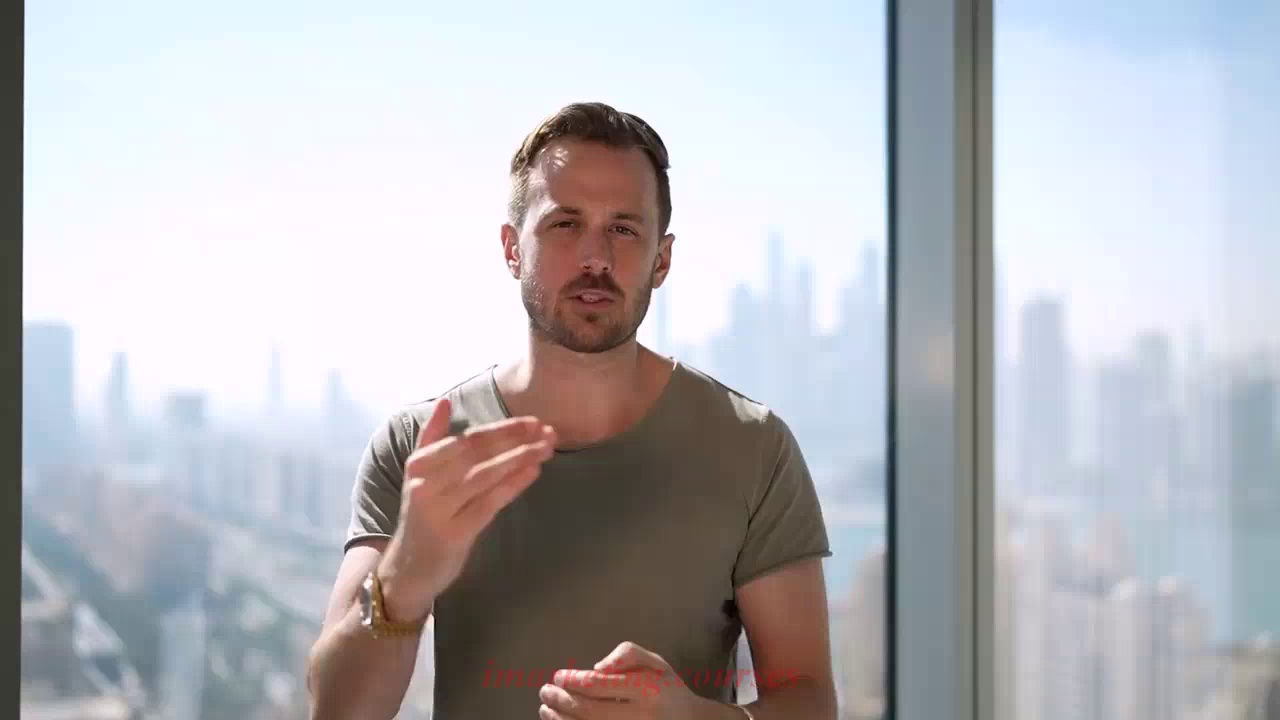

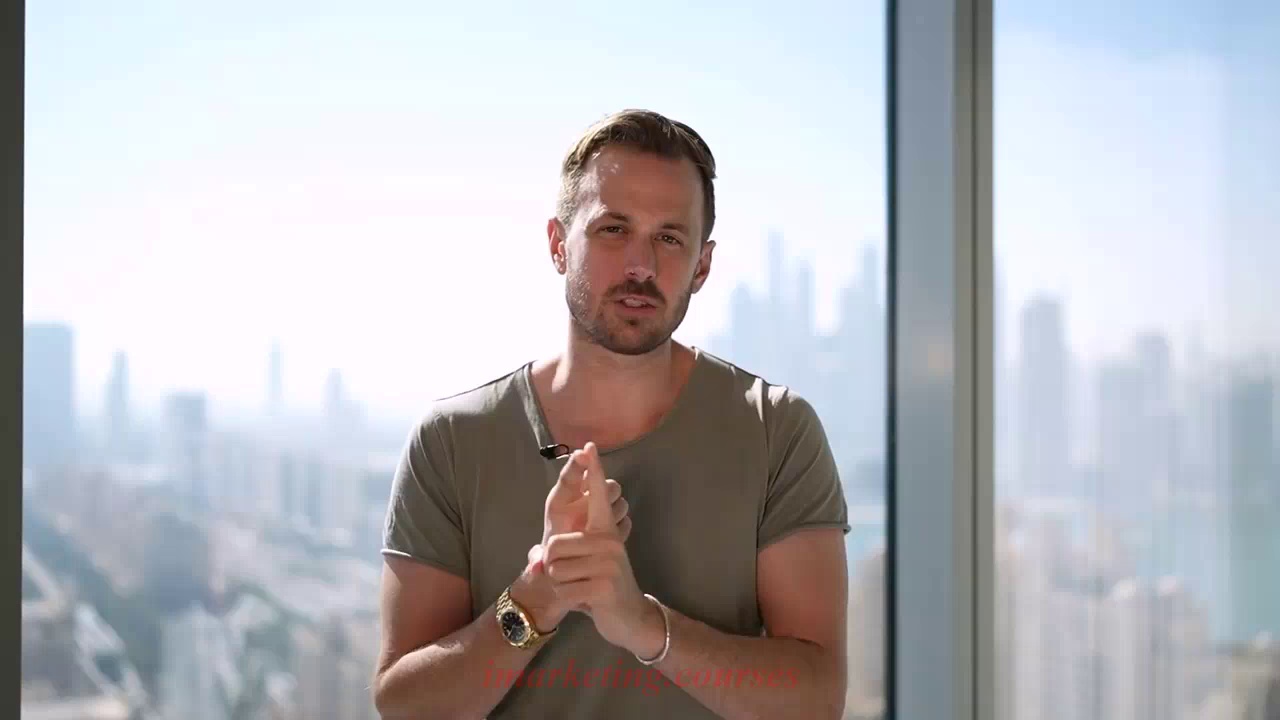
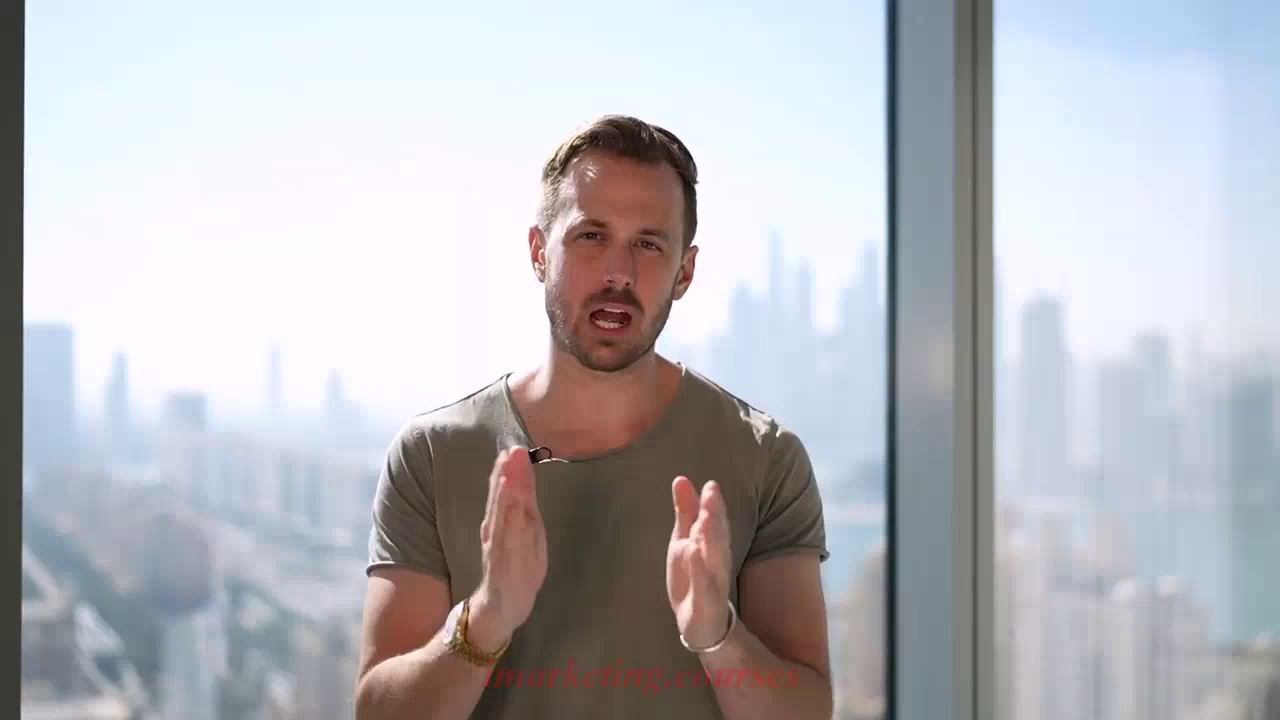
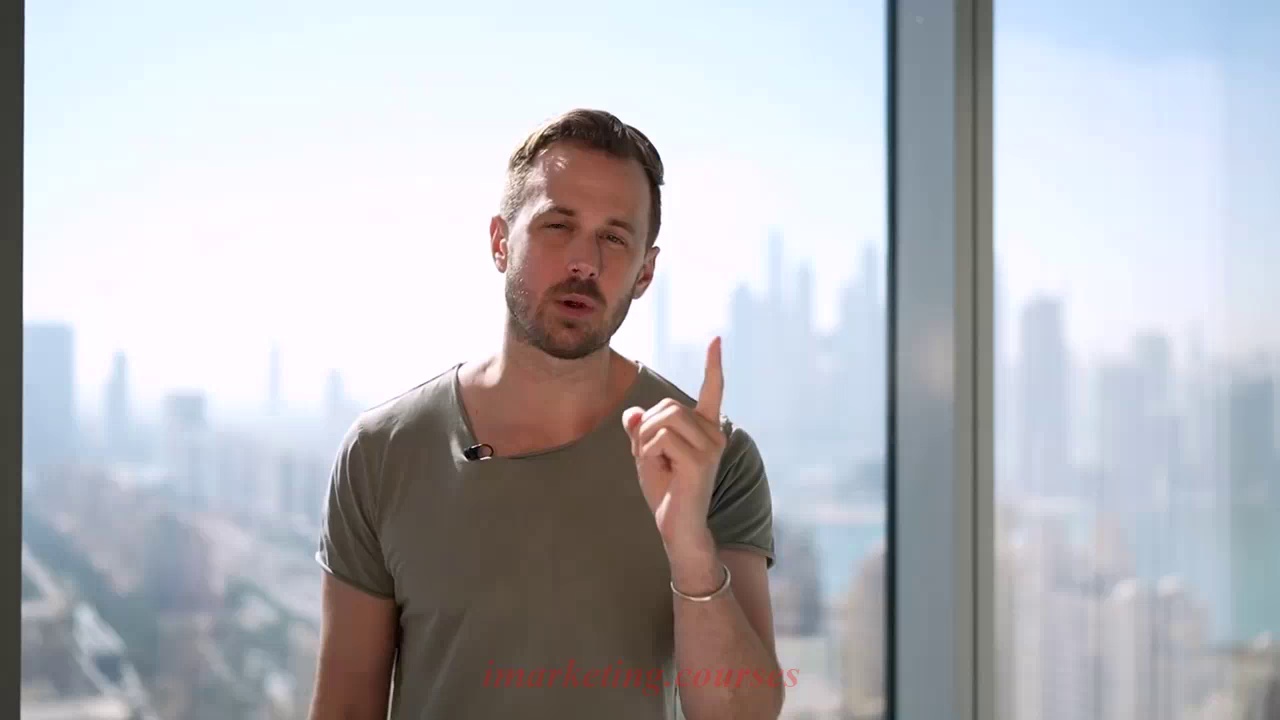
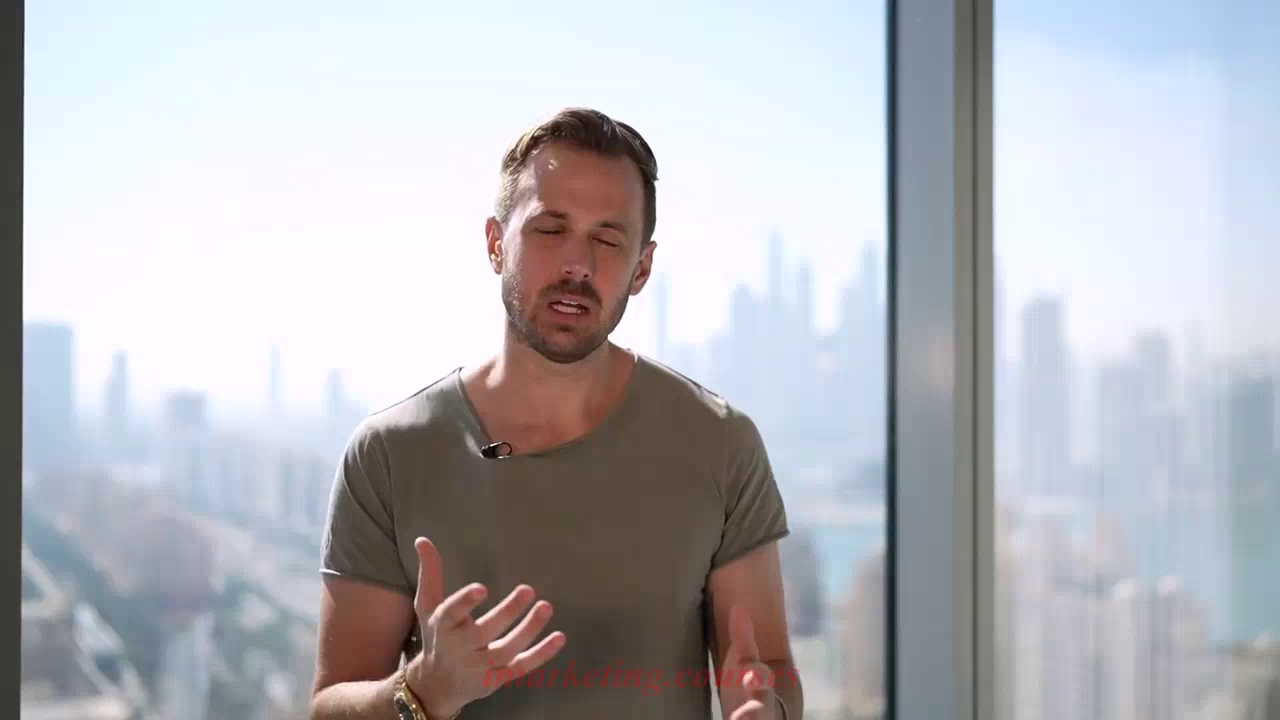
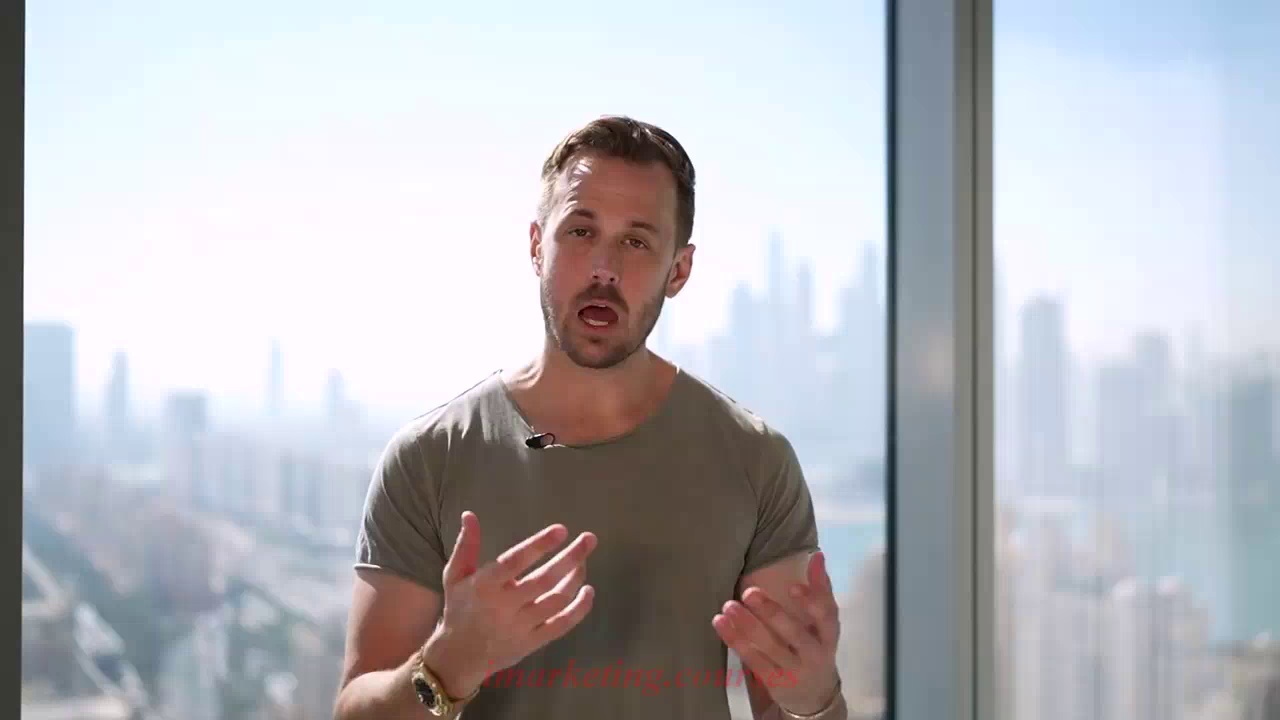
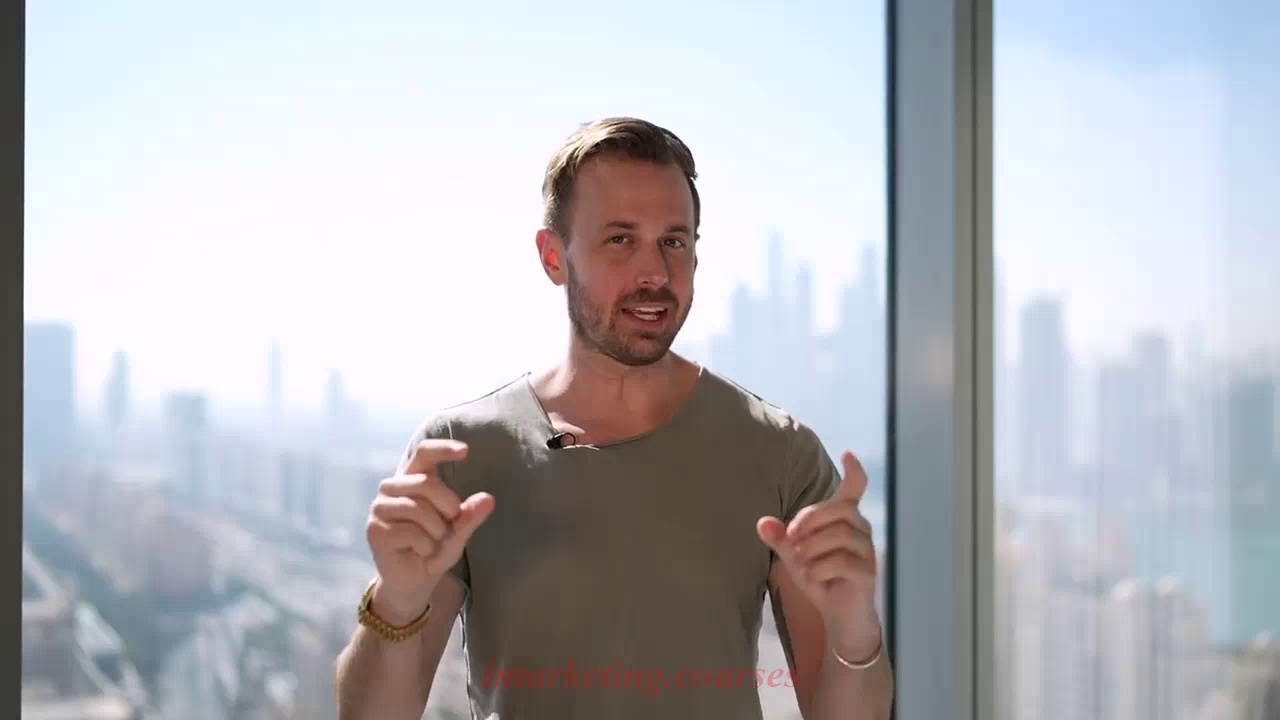
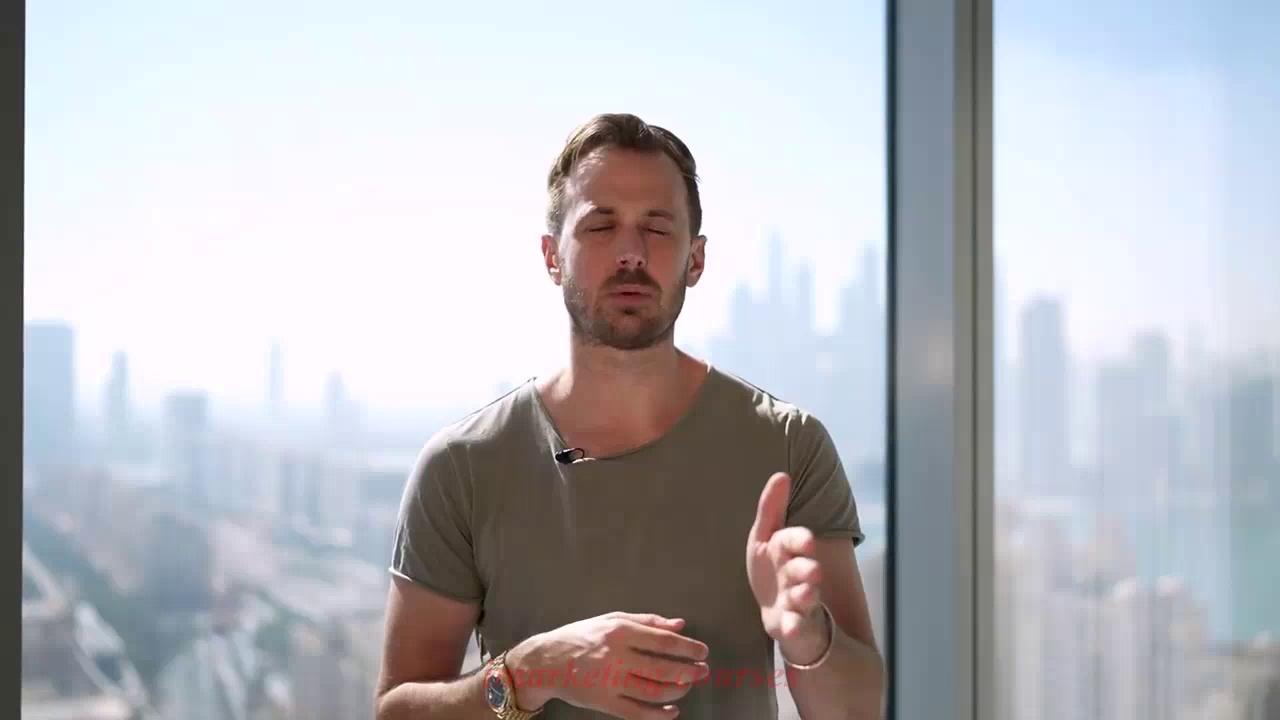
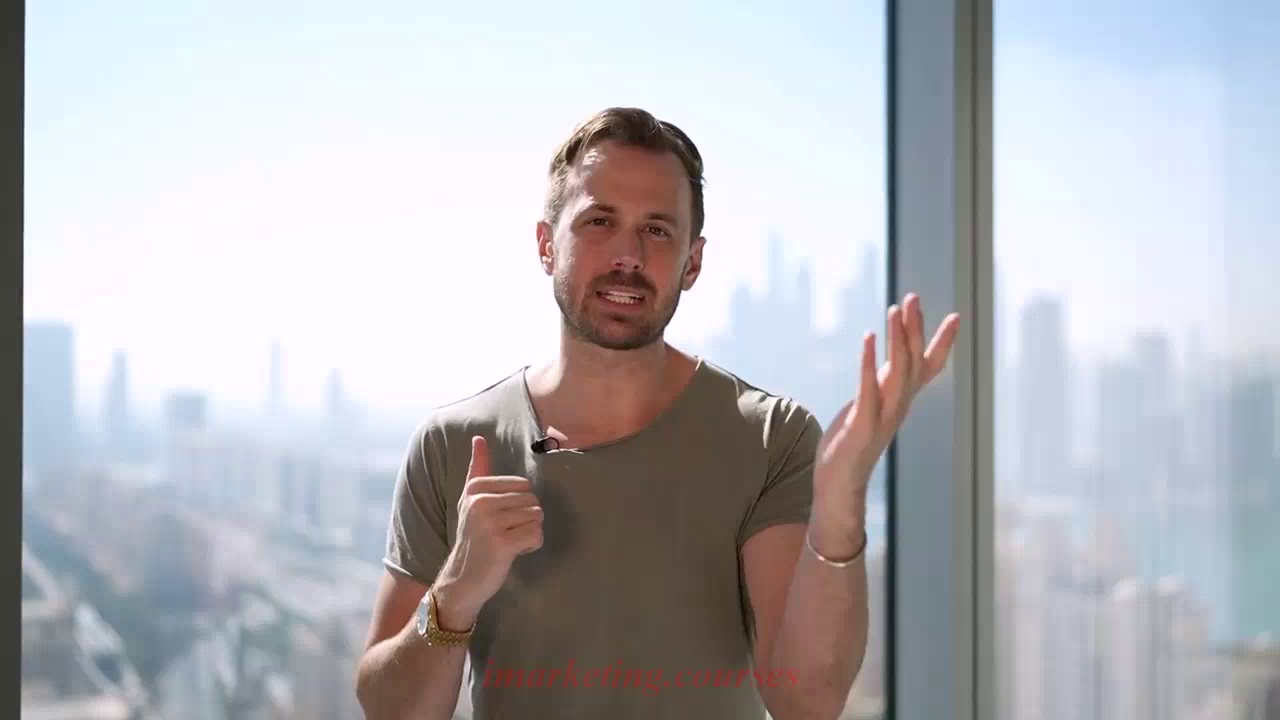
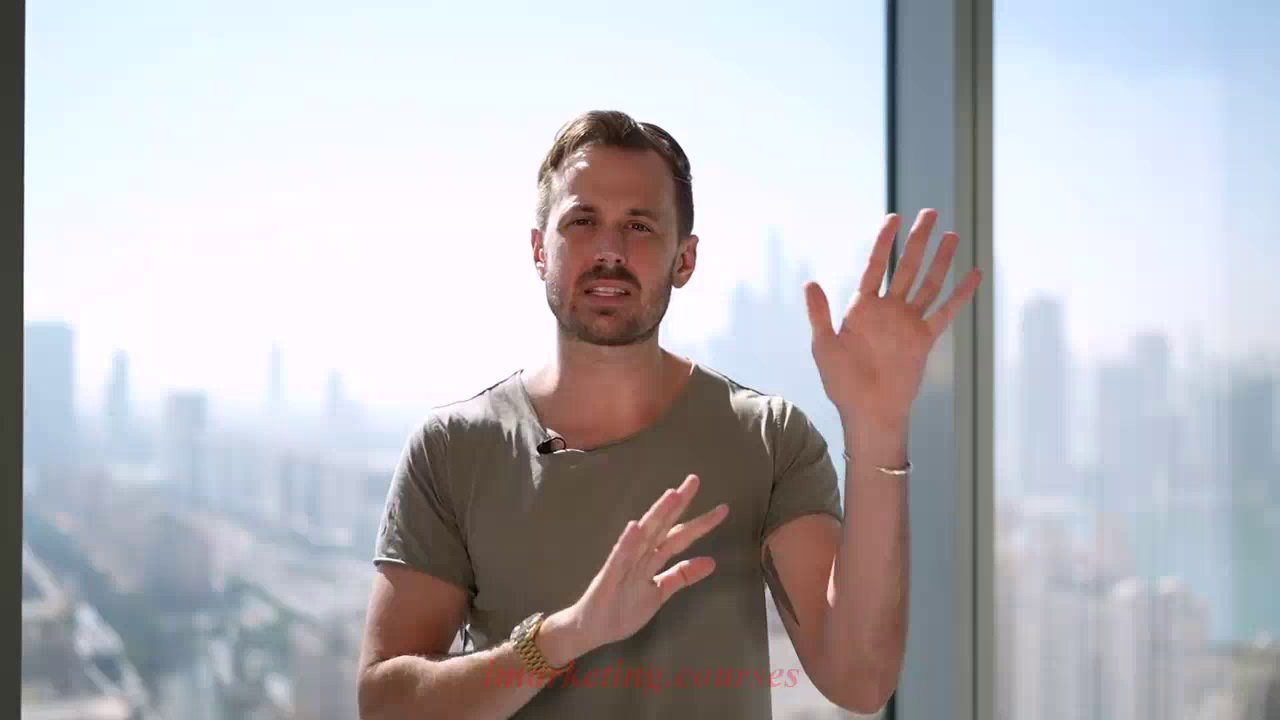
The narrator previously sold a skincare brand and learned about manifesting. He manifested meeting a business partner who was also a mentor. Two weeks later, he met Vishen Lakhyani, founder of Mindvalley.
Mindvalley's business model was struggling. The narrator realized partnering with them could be lucrative since they had authority figures, world-class products, and experience scaling campaigns. He proposed helping improve their sales funnel with long-form sales videos (VSLs). Though initially skeptical, Mindvalley agreed.
Over the next year, the narrator's team created 32 VSLs for Mindvalley. One became the #1 VSL globally on YouTube ads. The narrator is now making six figures per month thanks to this auto-piloted business model and partnership.
He warns that the main risk with turnarounds is partnering with a company lacking experience scaling up. Also, stealing the spotlight from existing team members causes problems. He recommends giving credit and recognition to appease any jealous/threatened employees.
For equity/revenue share deals, offer milestones that unlock more equity for hitting certain revenue targets. Get 5% revenue share from day-one cold traffic sales to create a moat around your VSLs. Require "monster swings" before letting partners alter your VSLs much. This keeps you integral and paid when they run your ads.
.